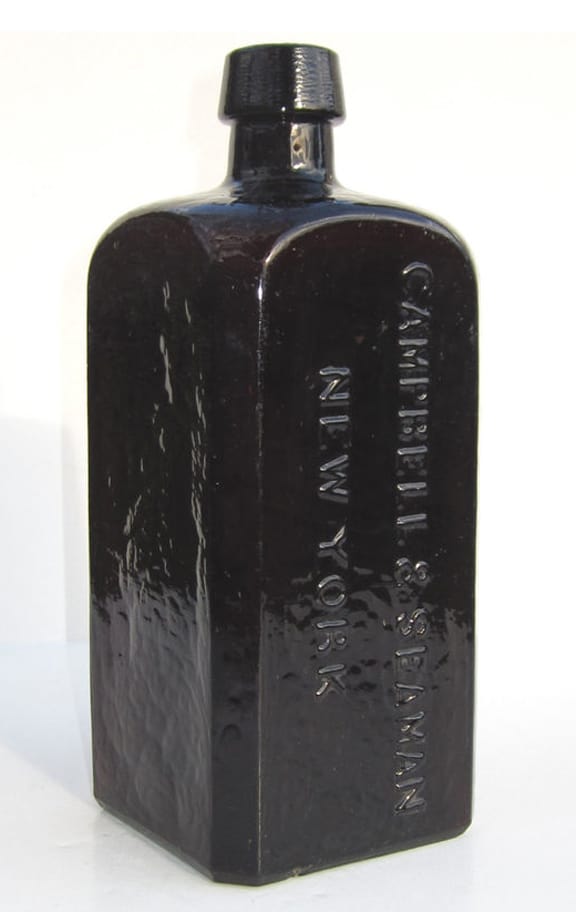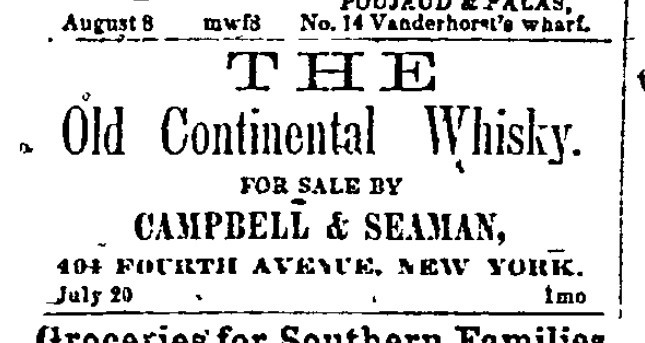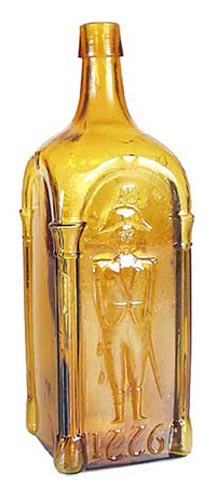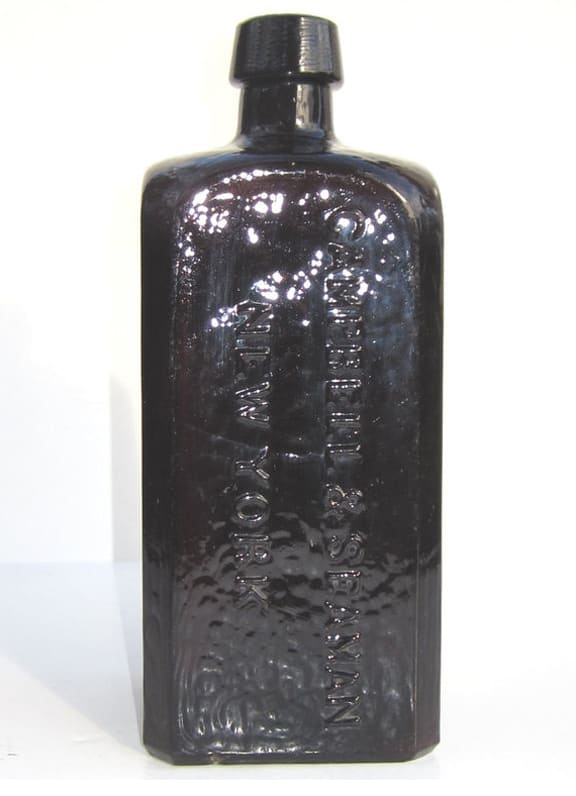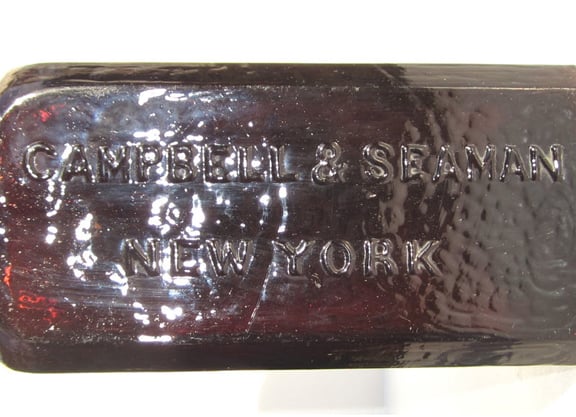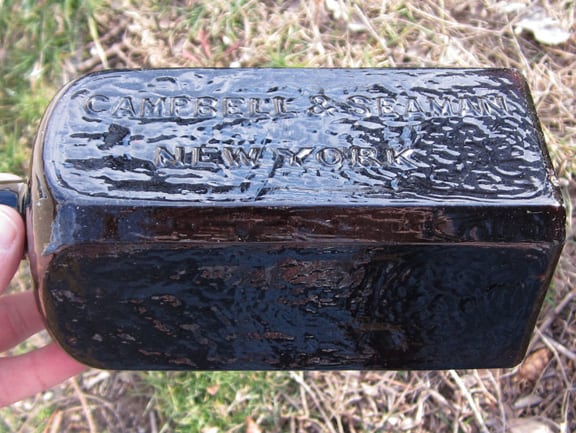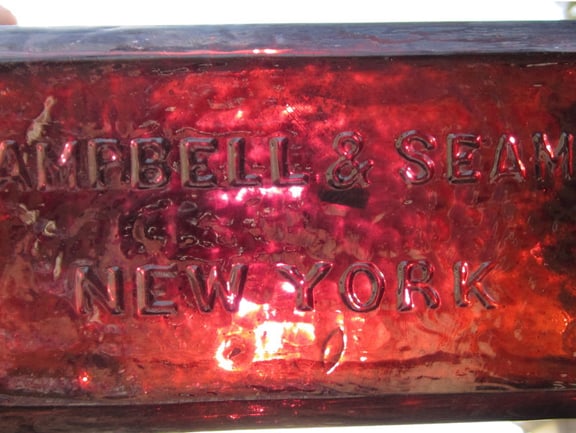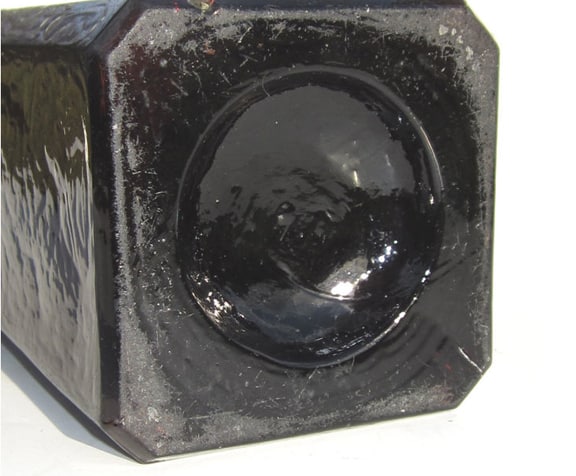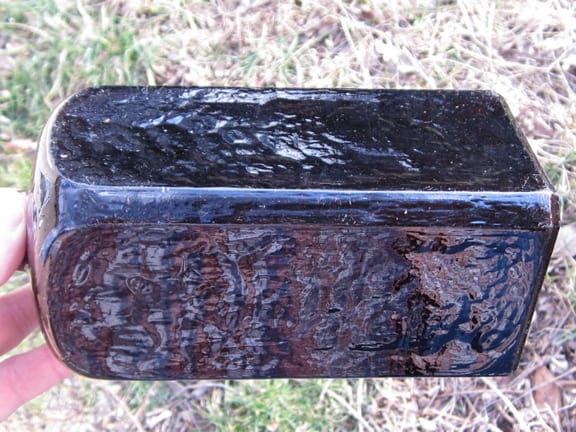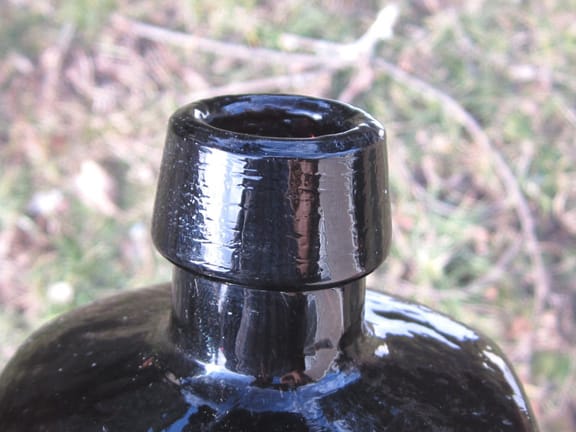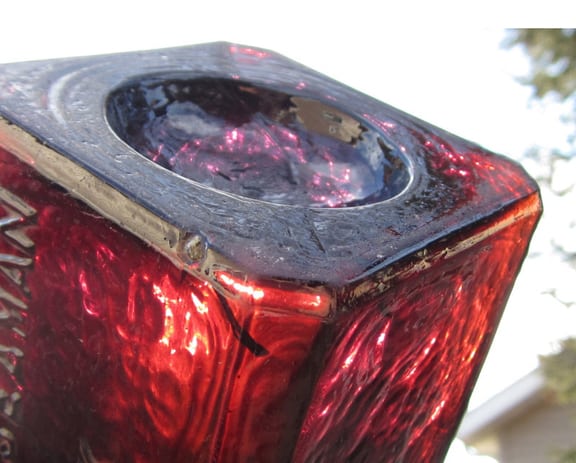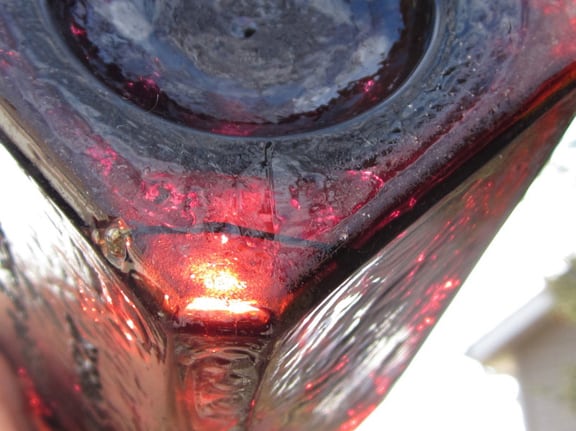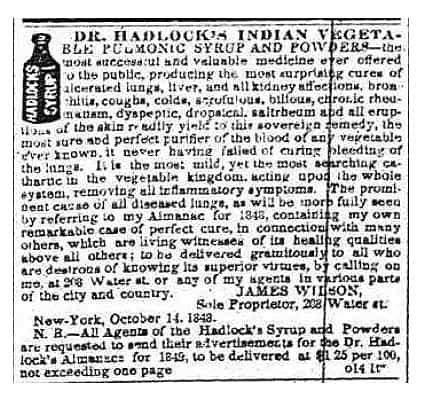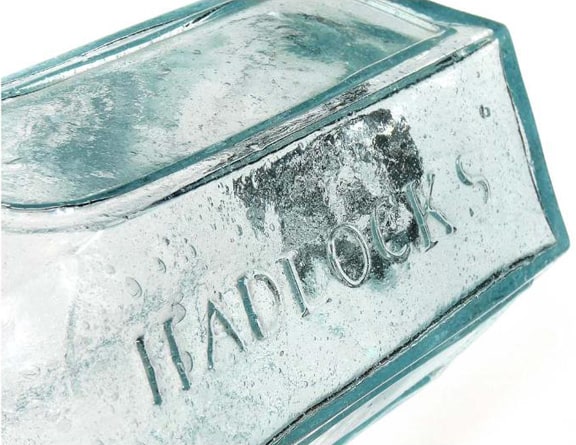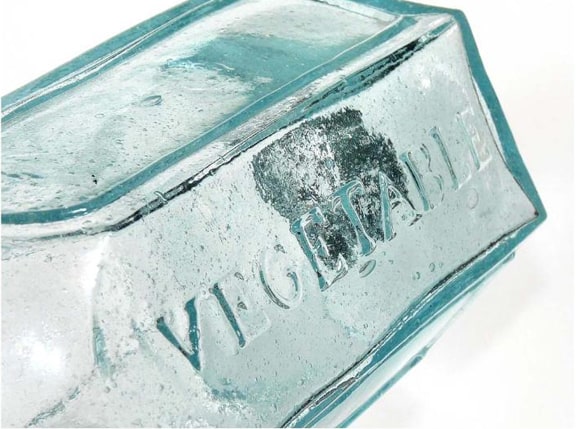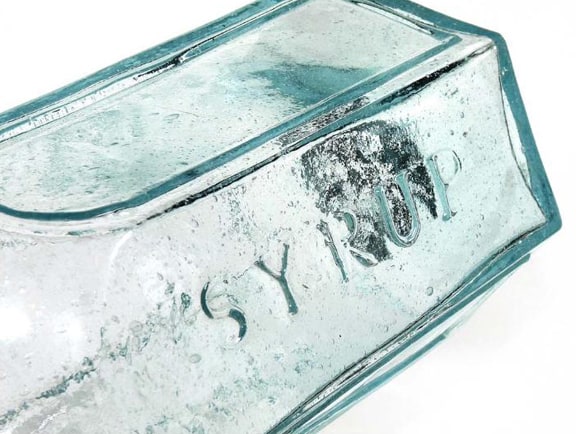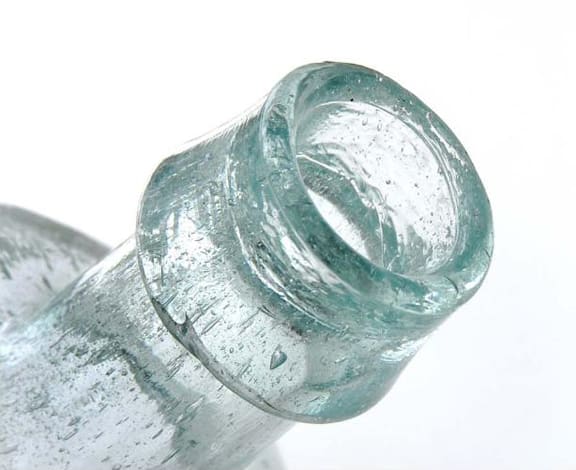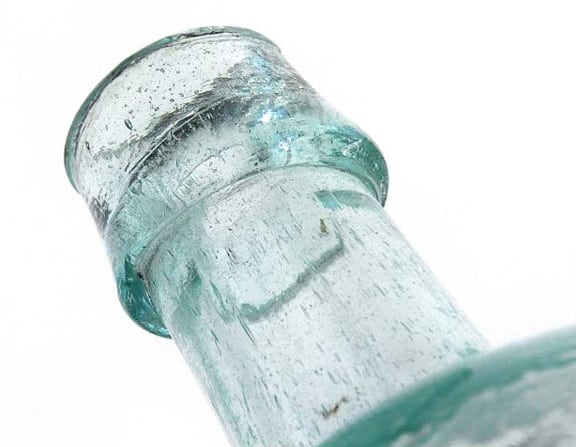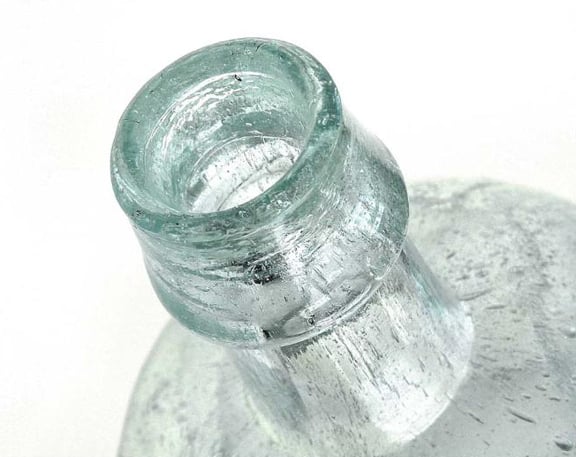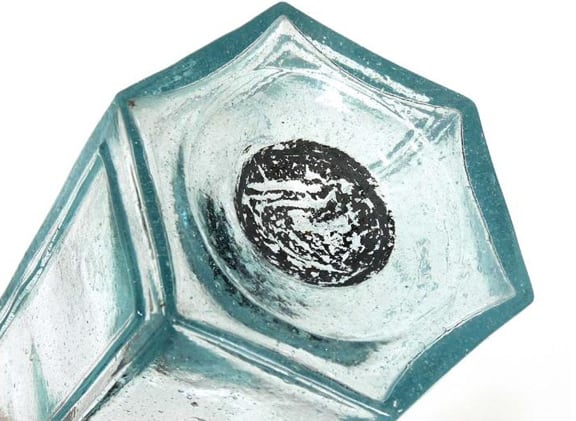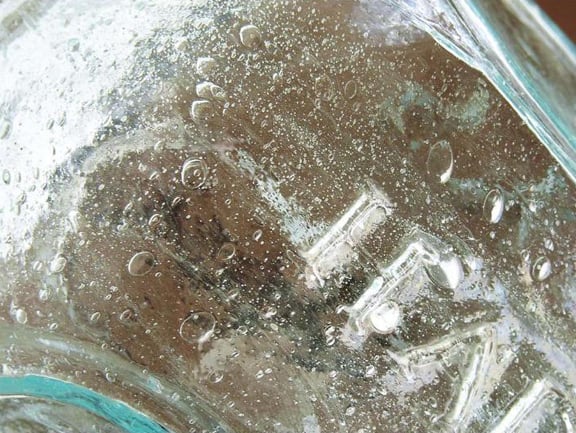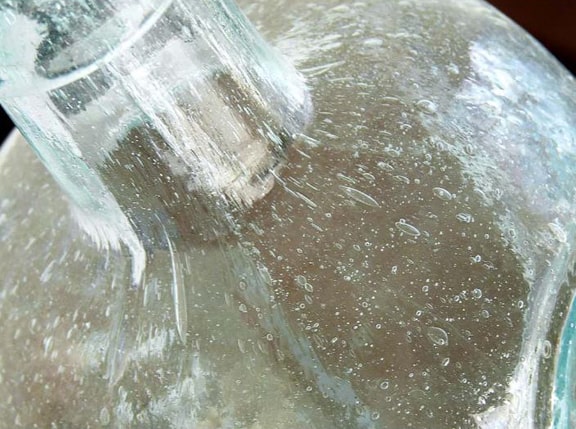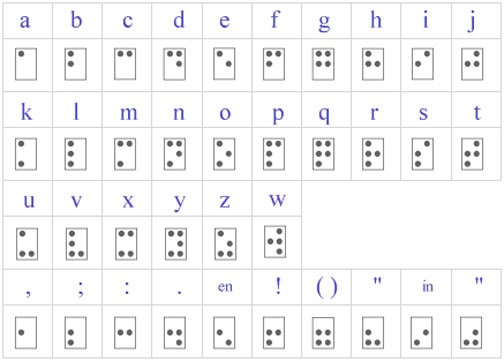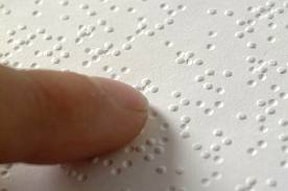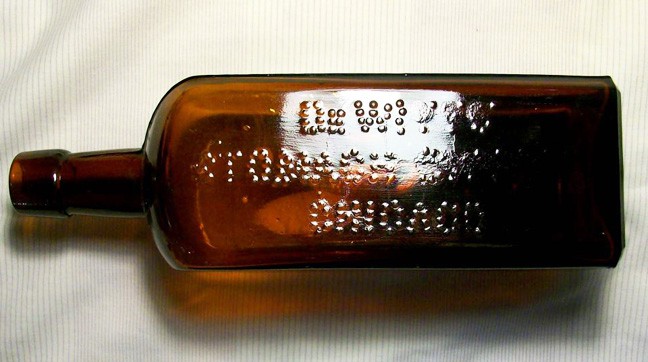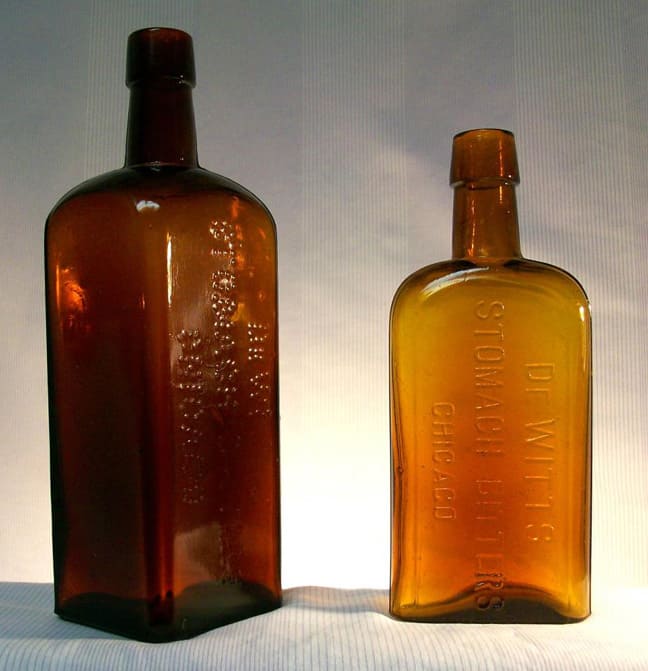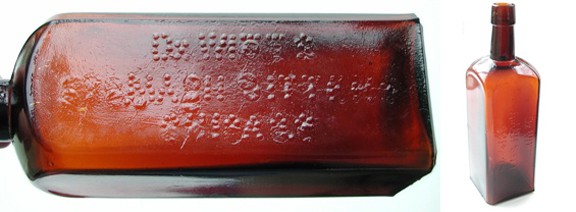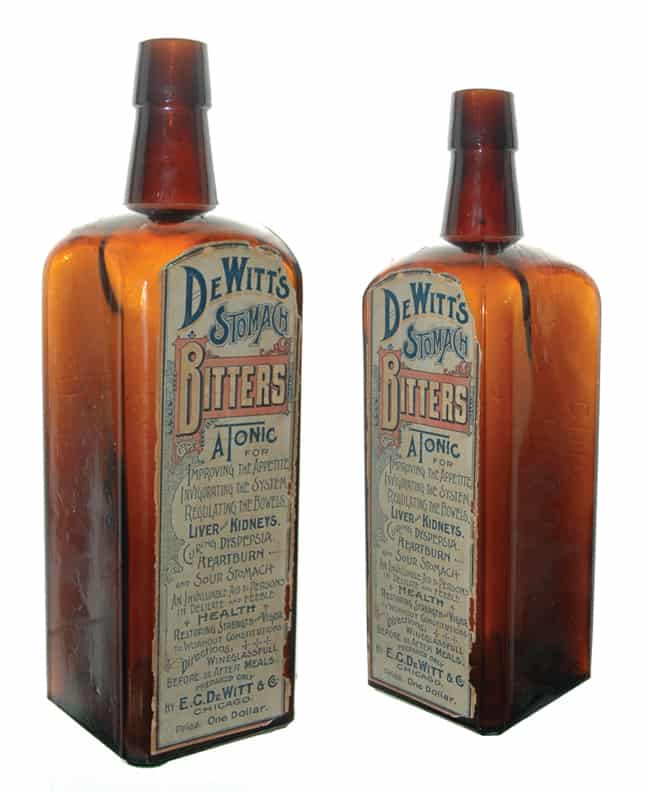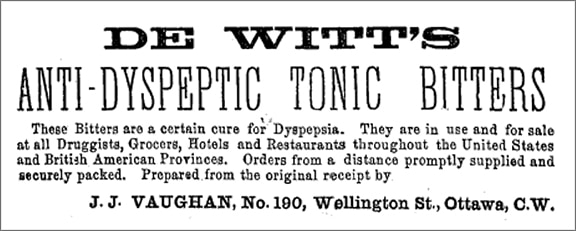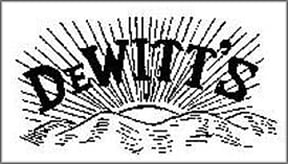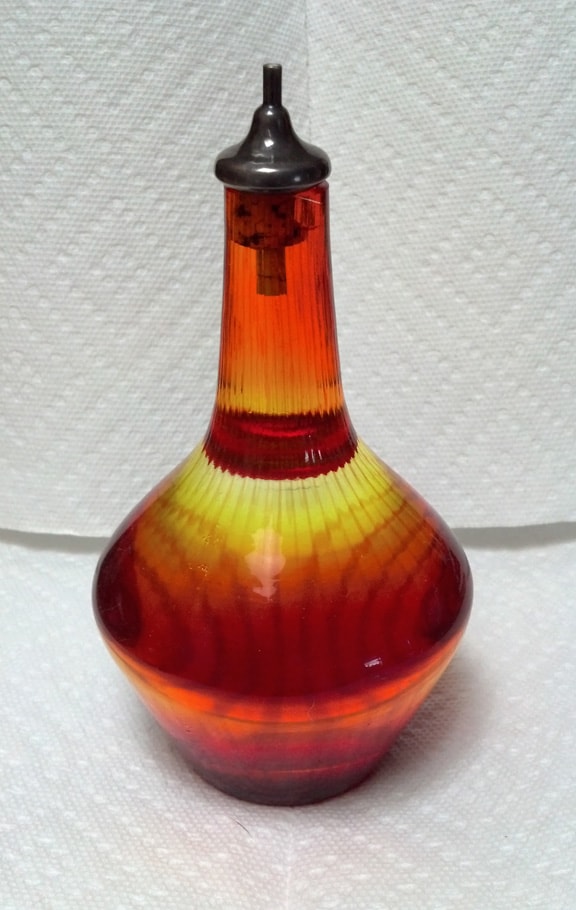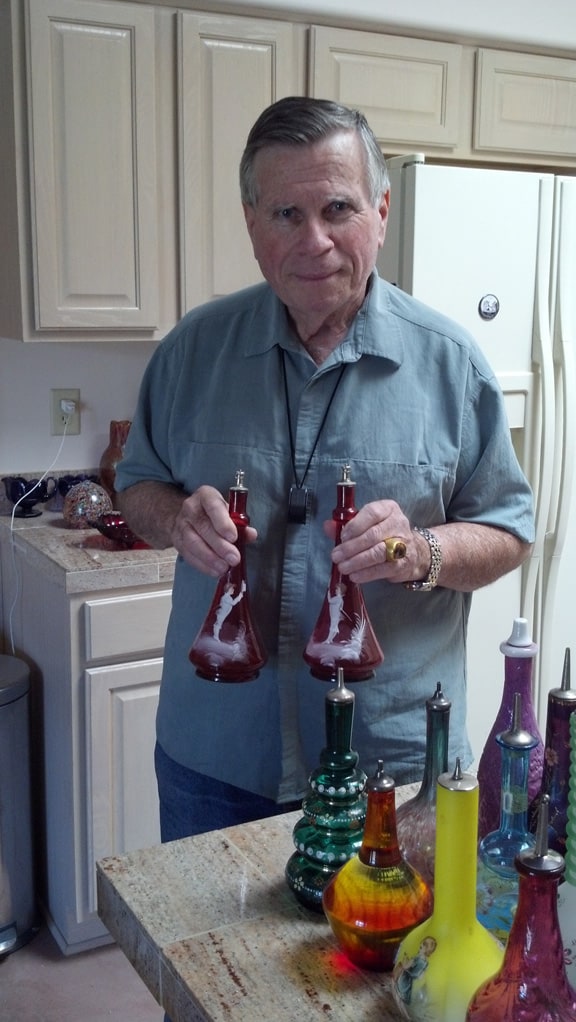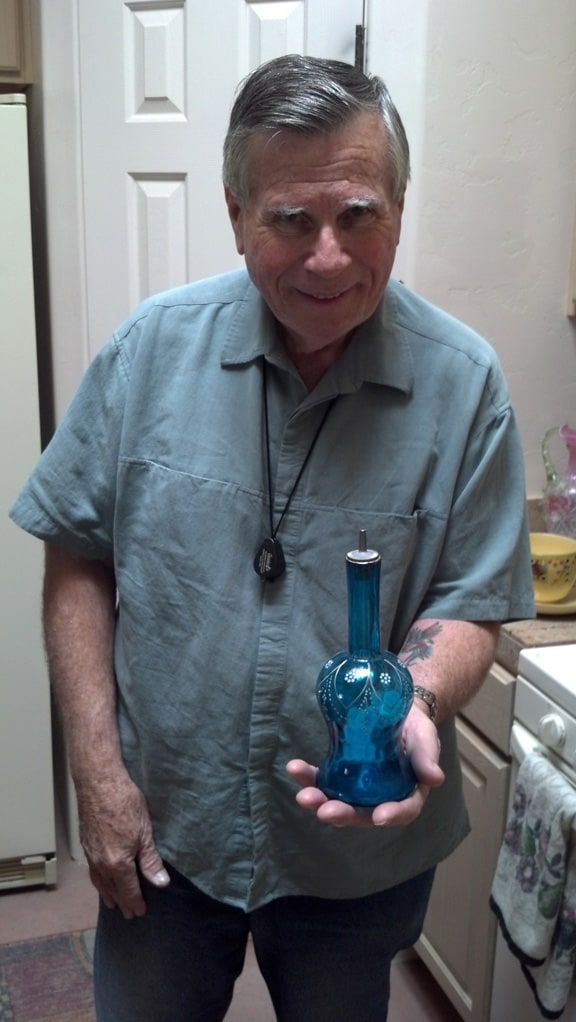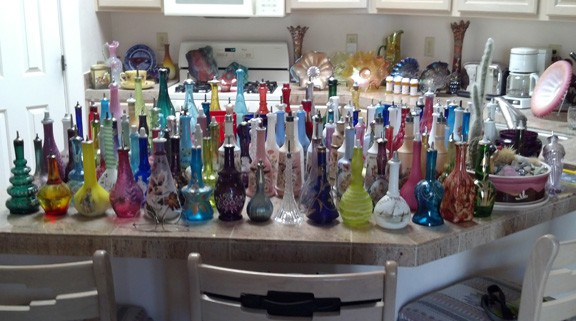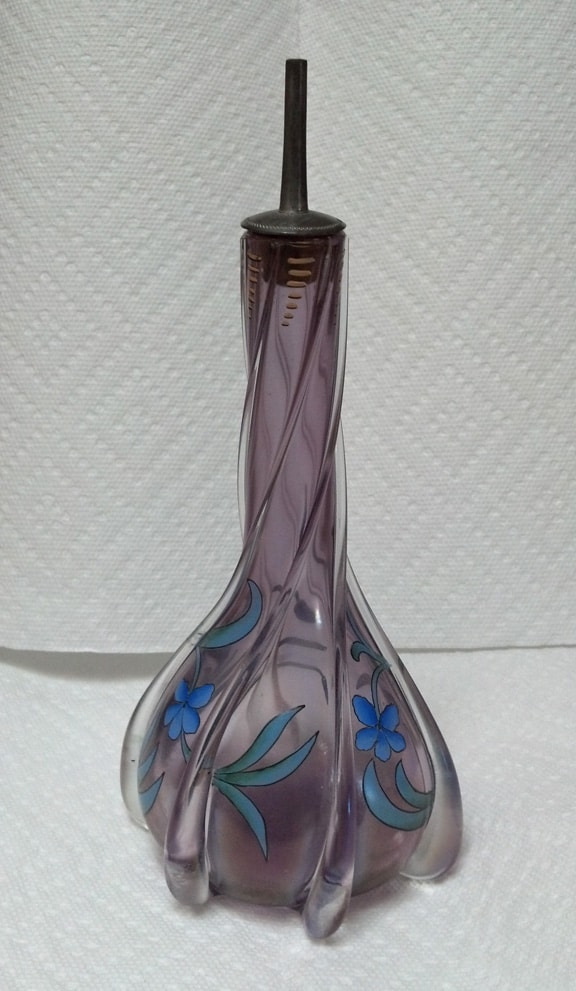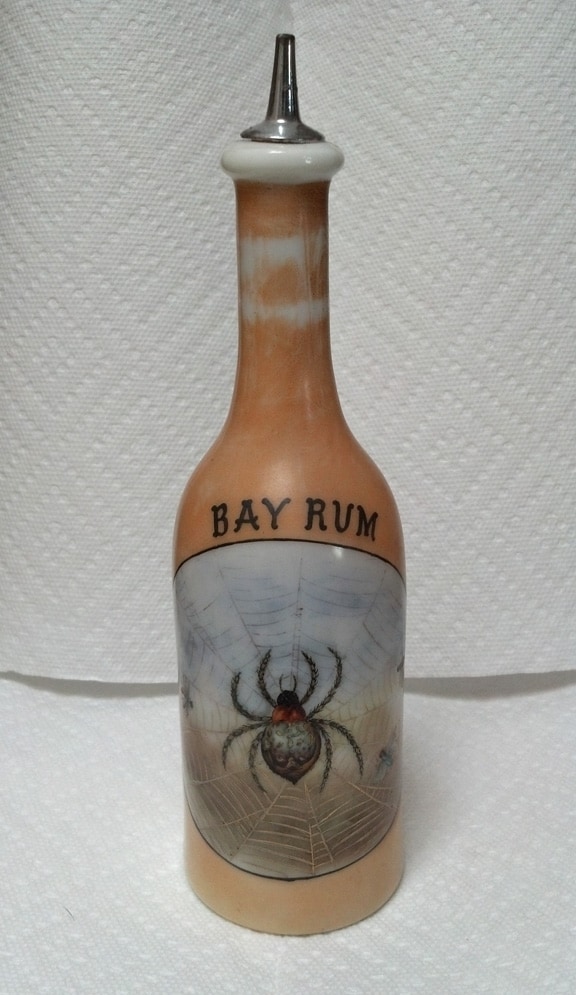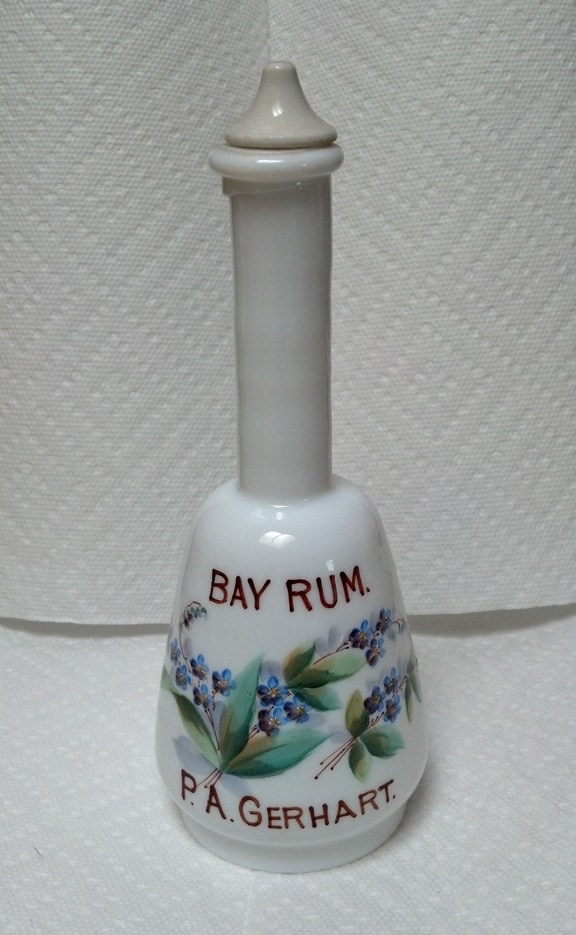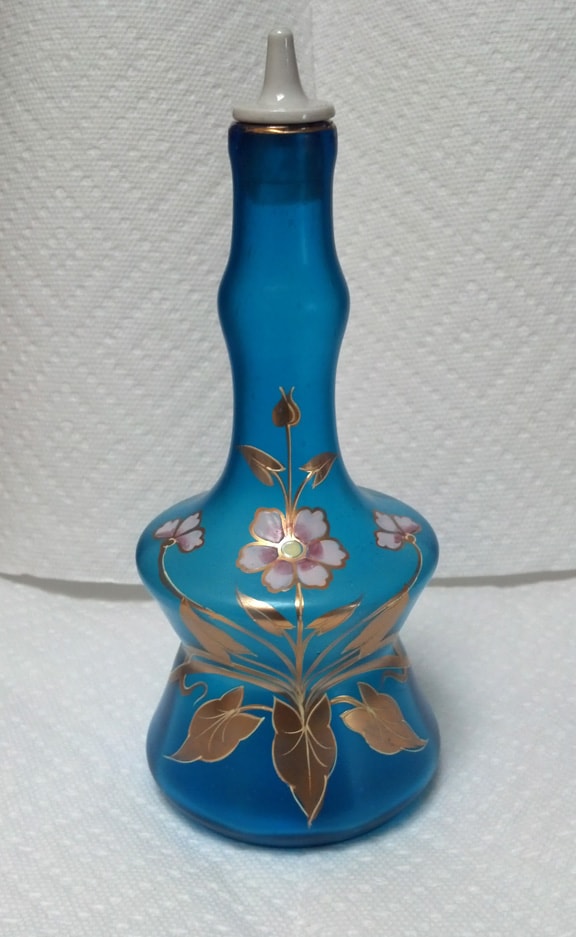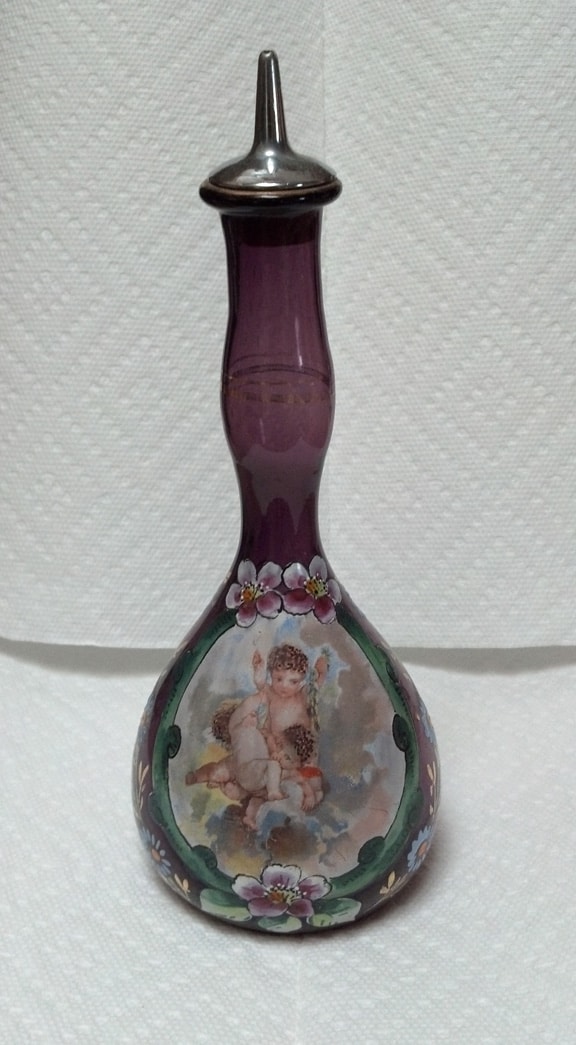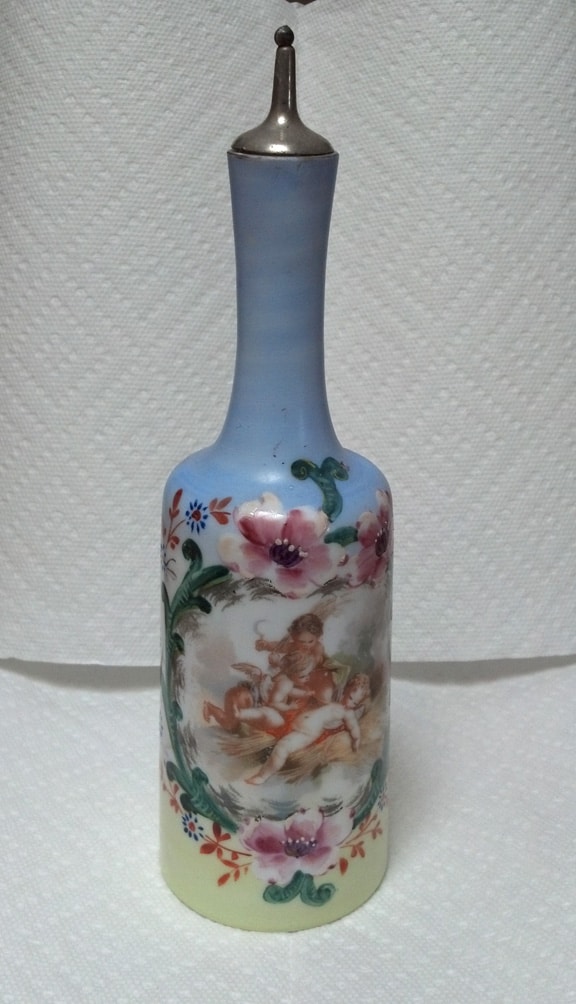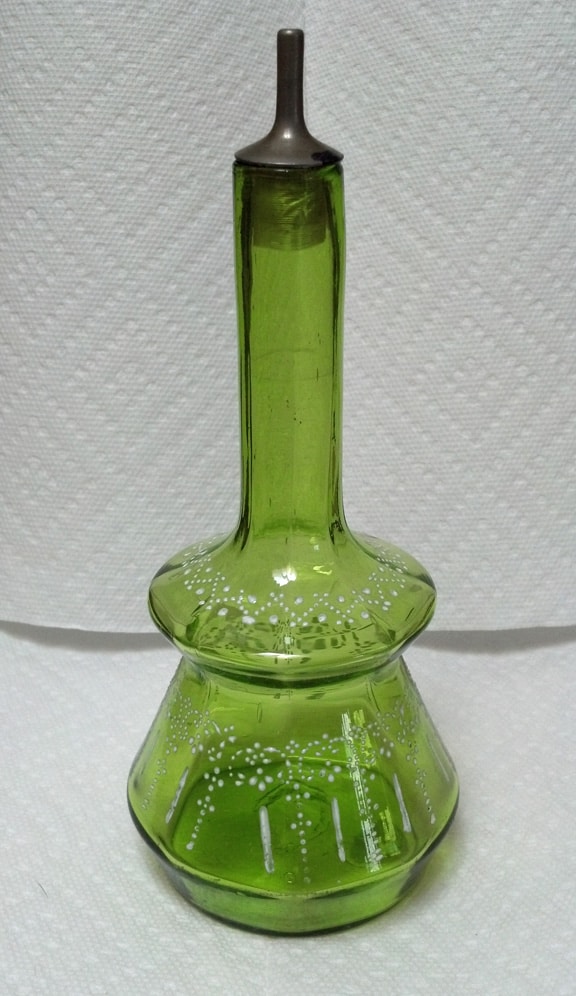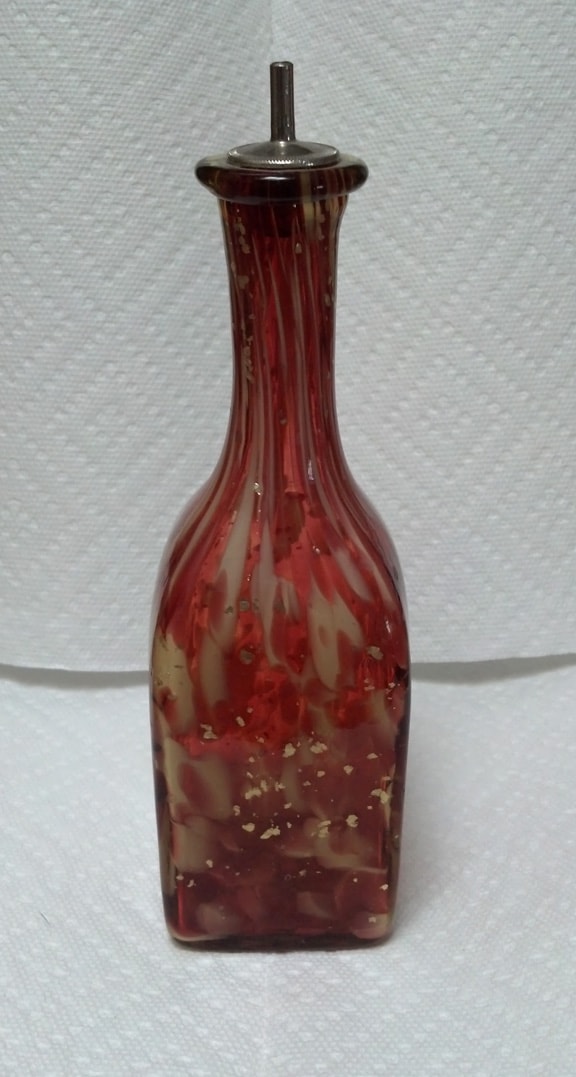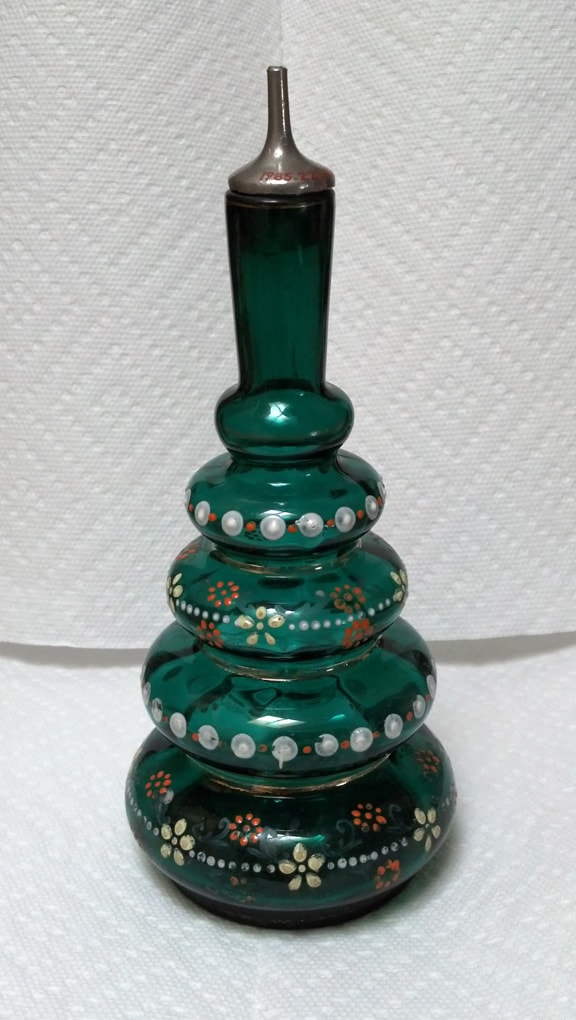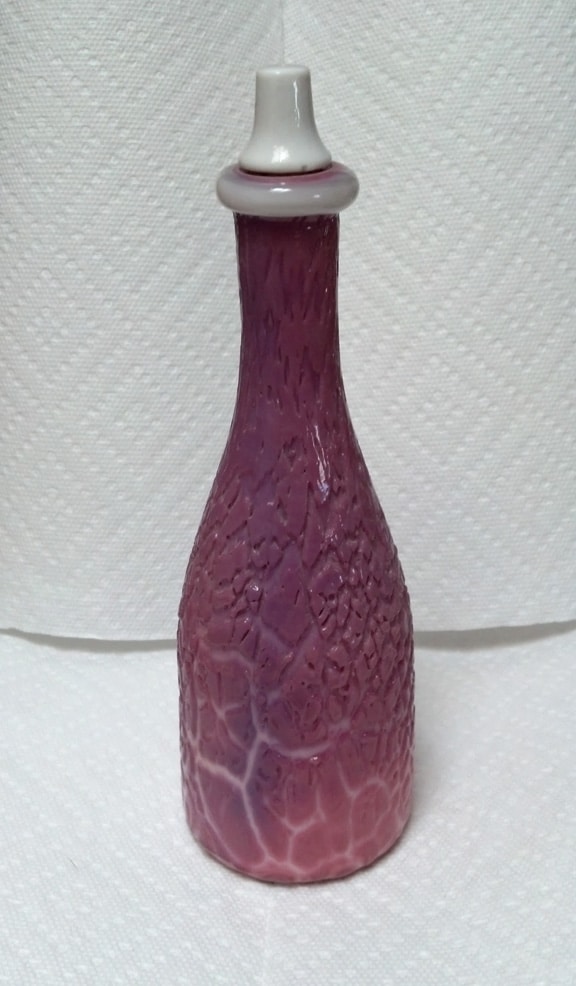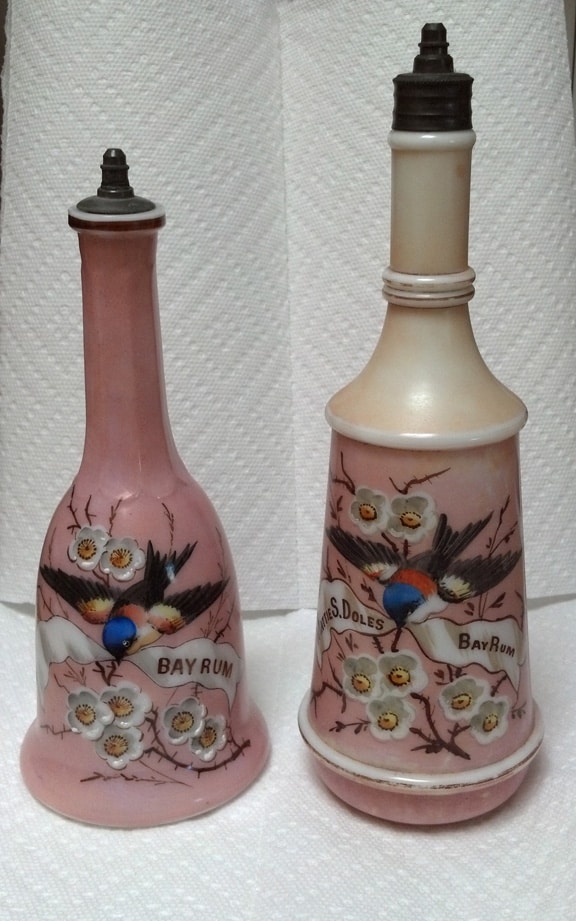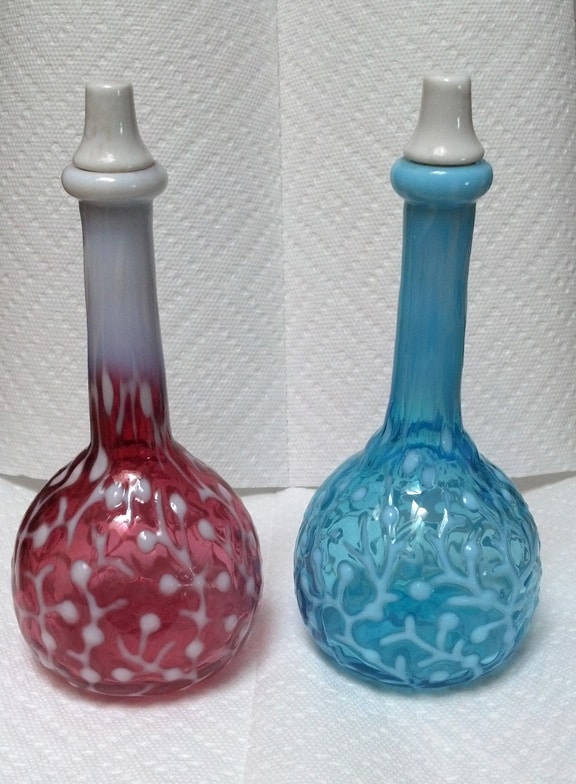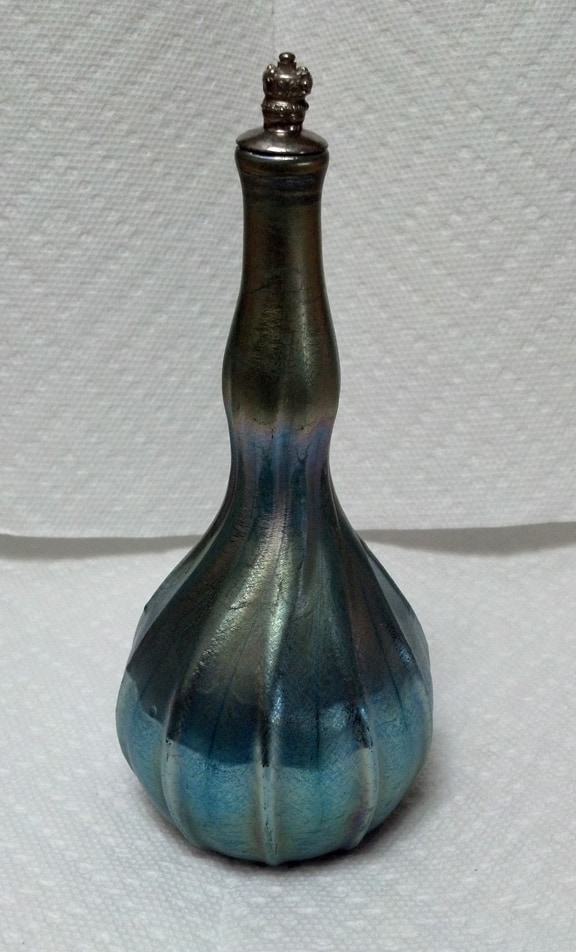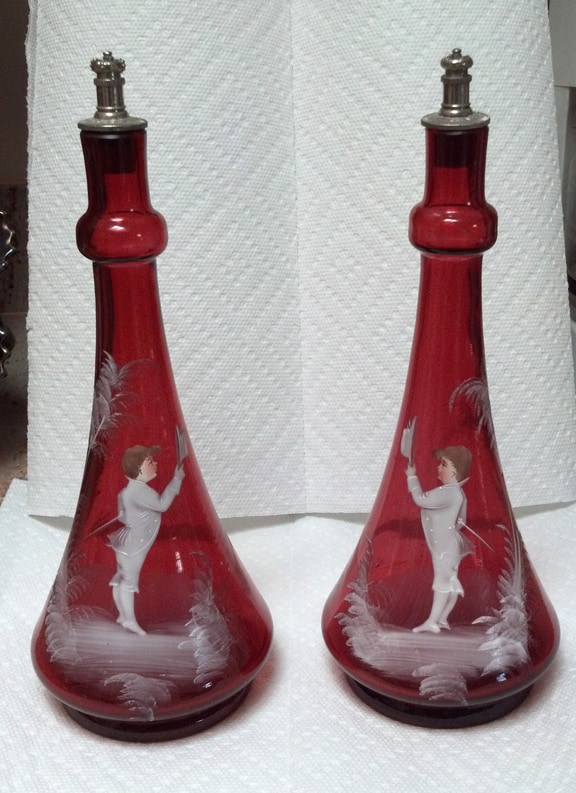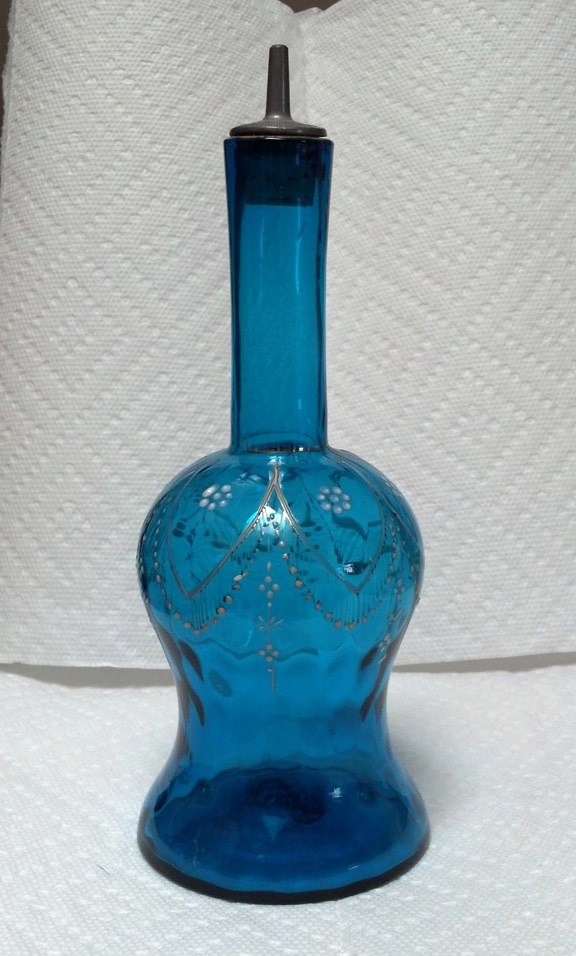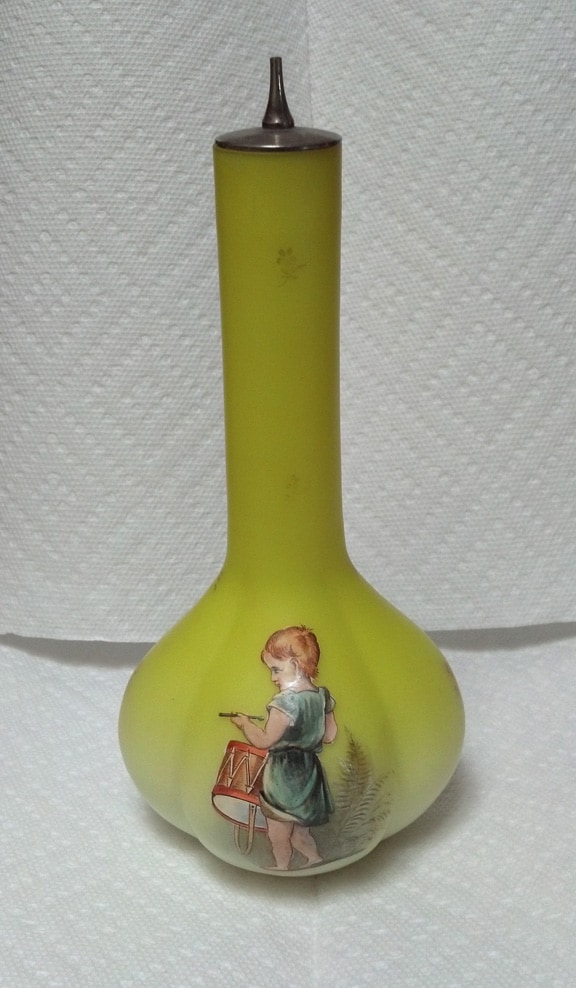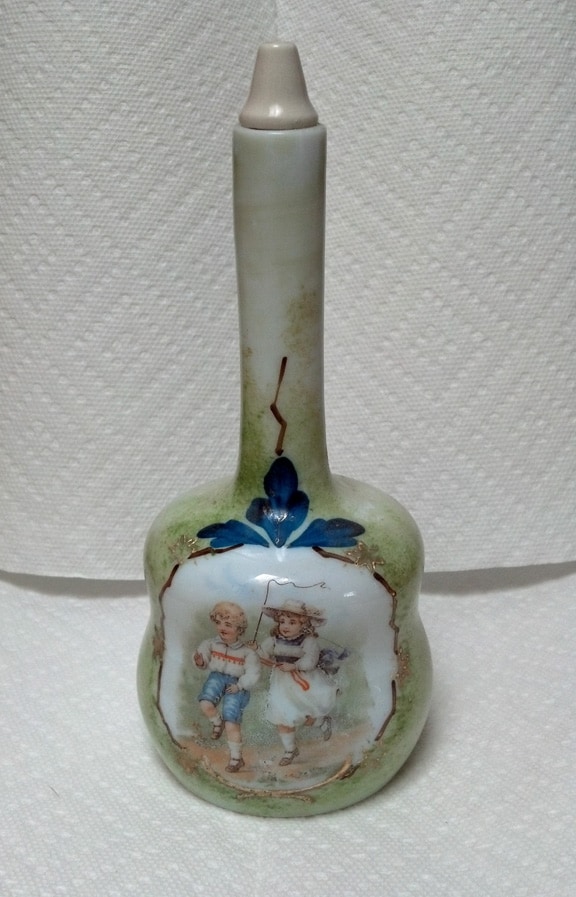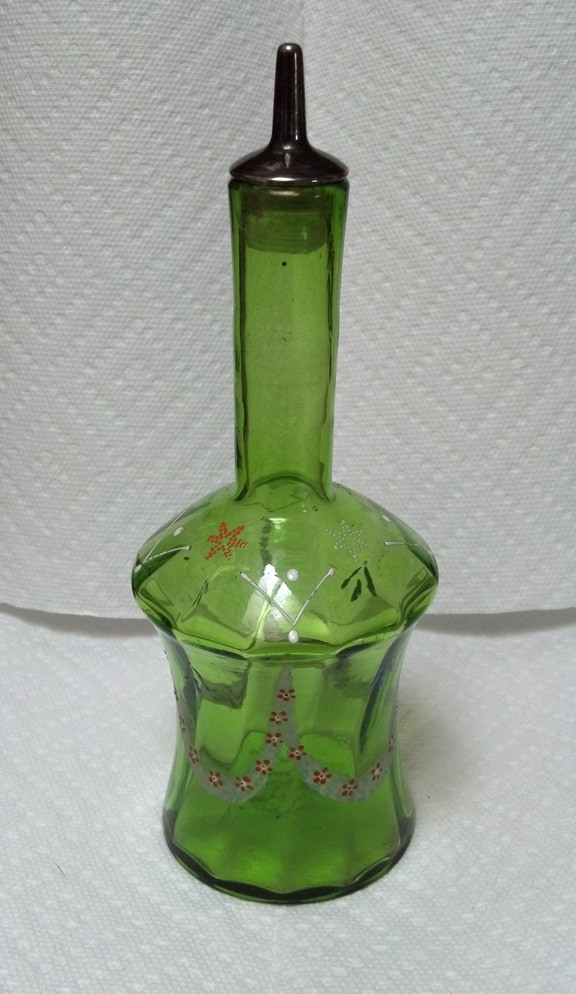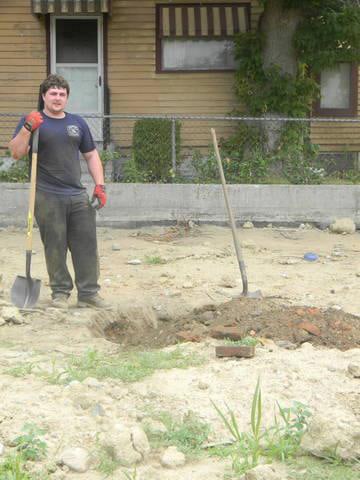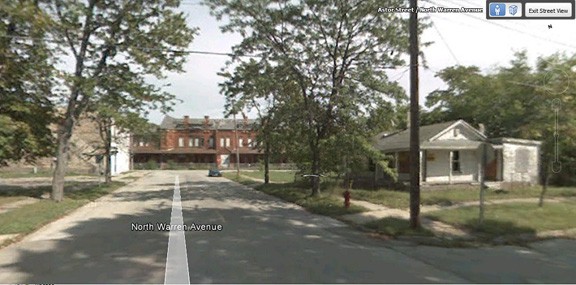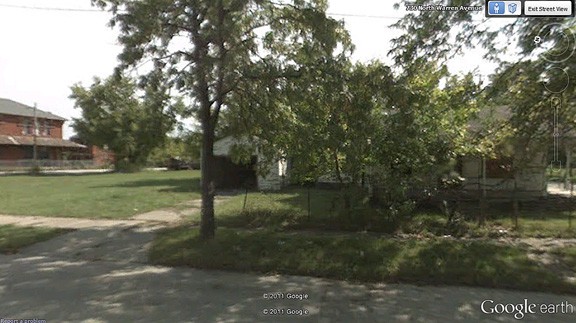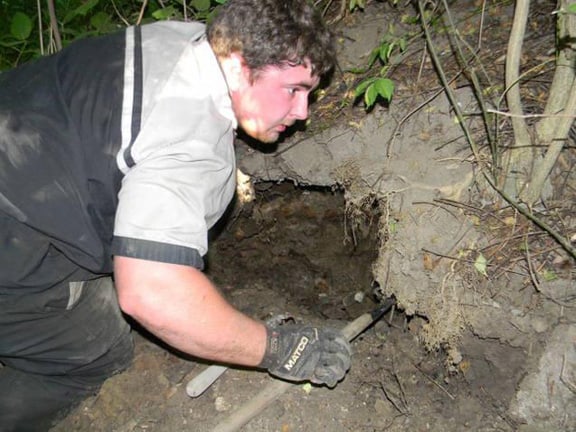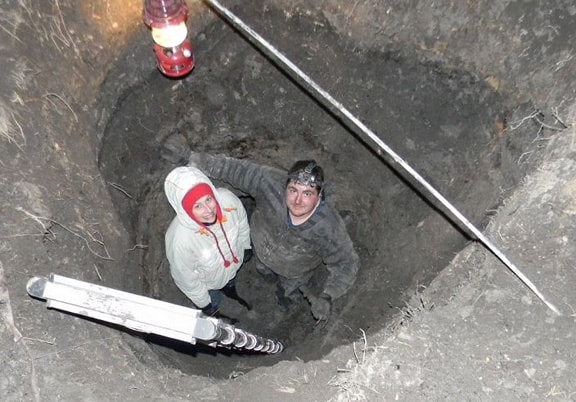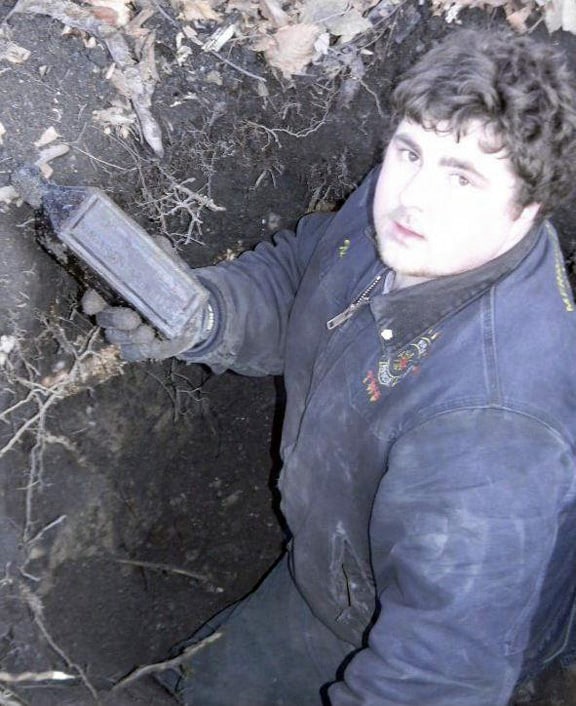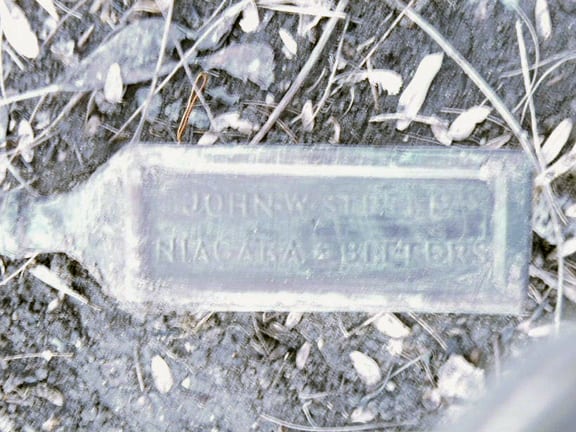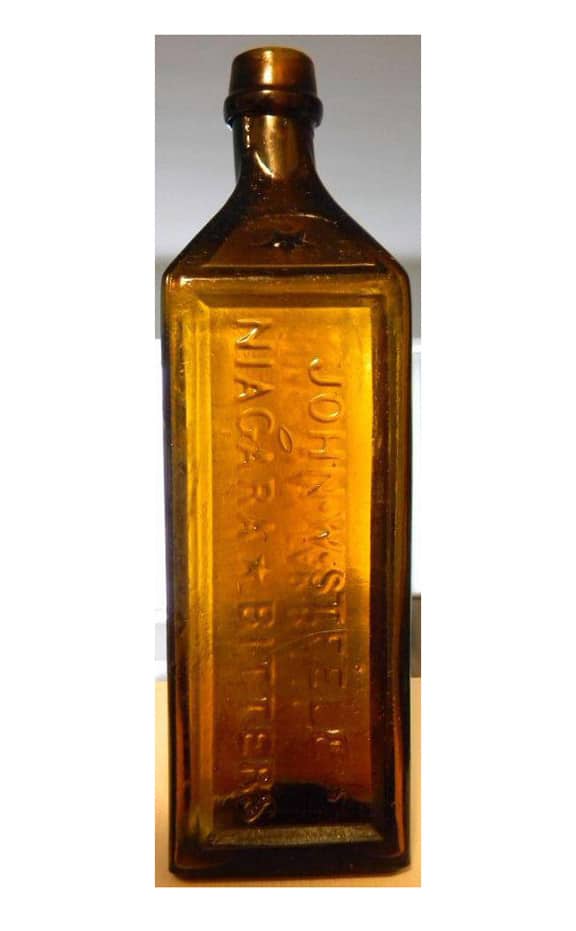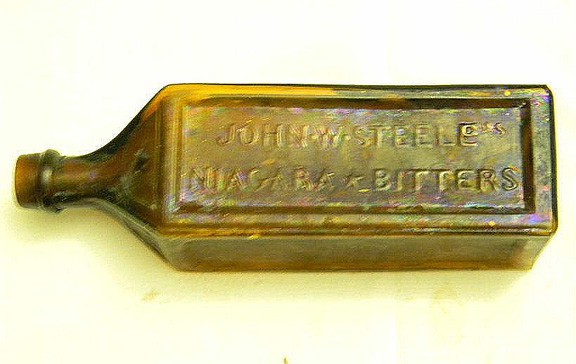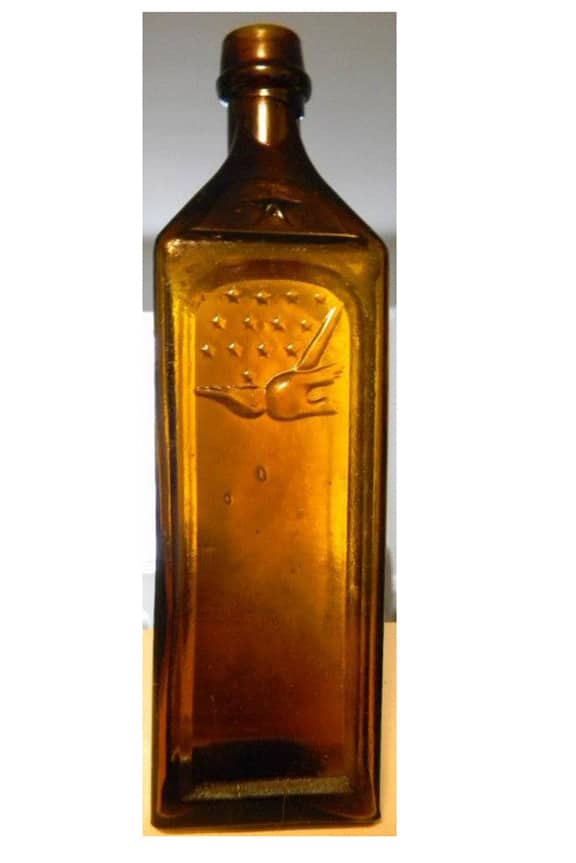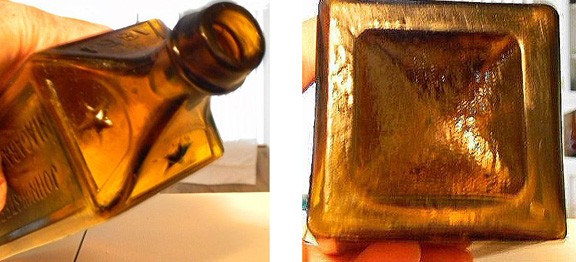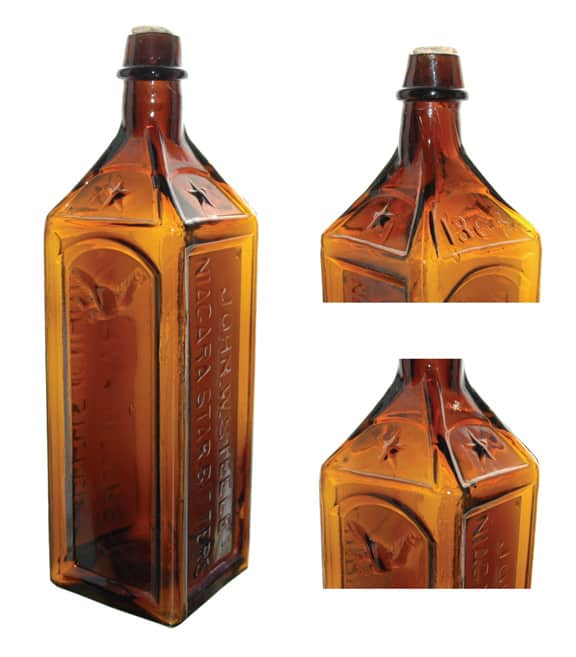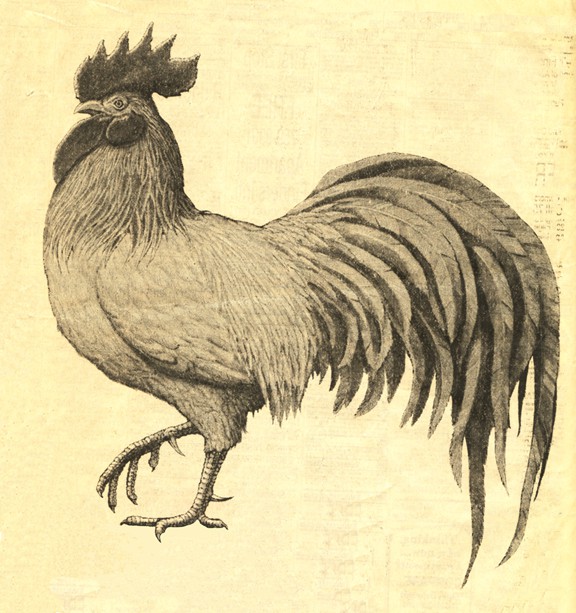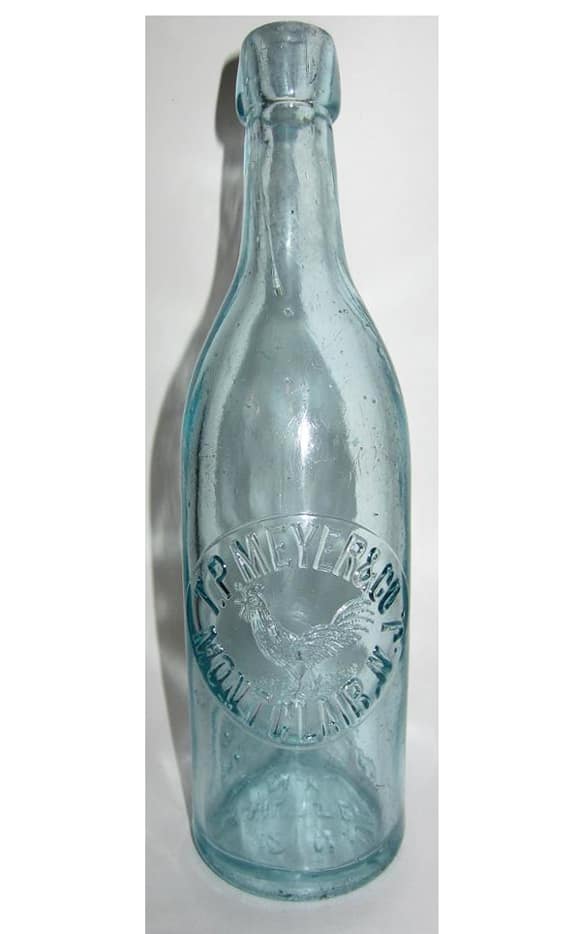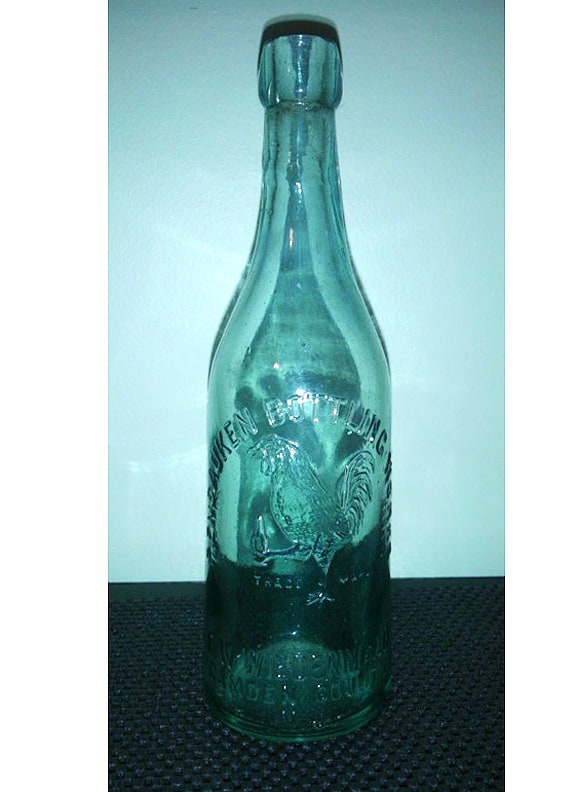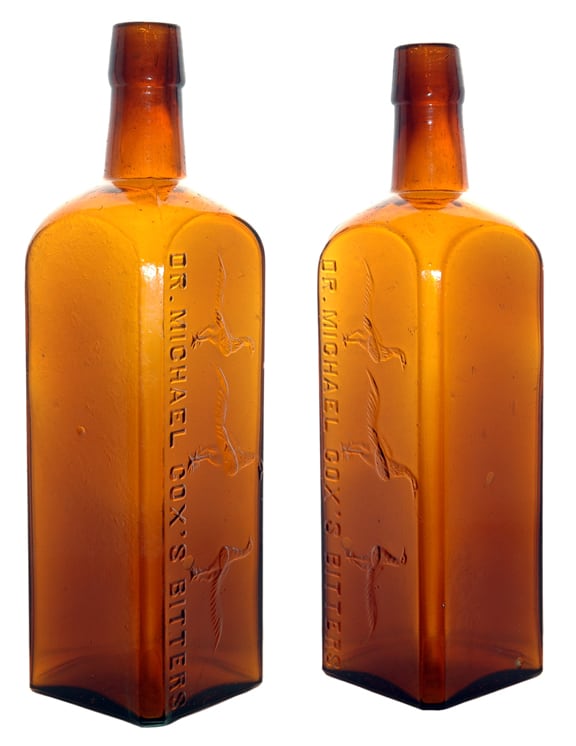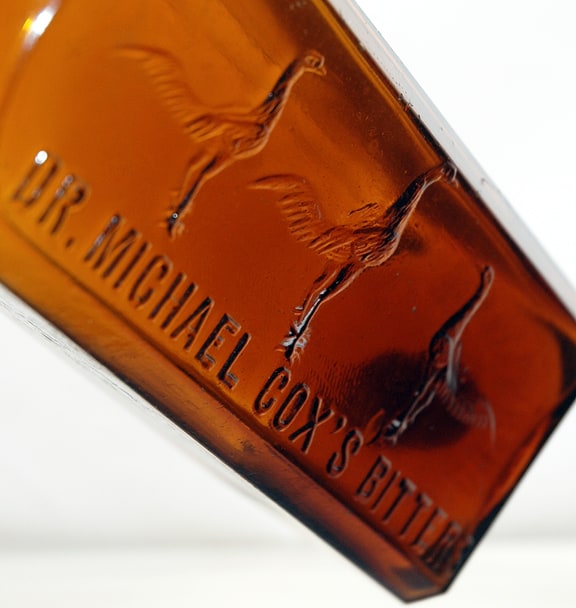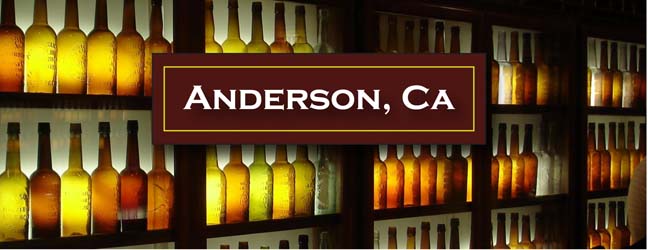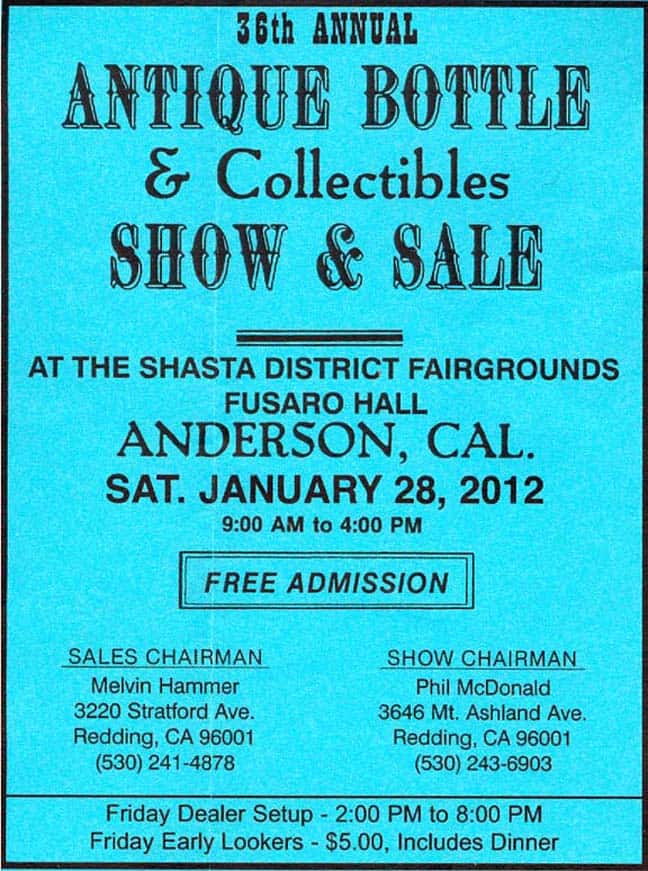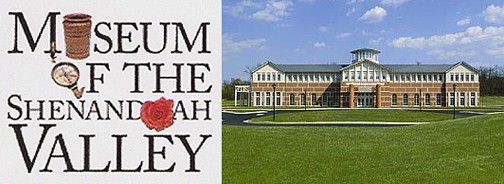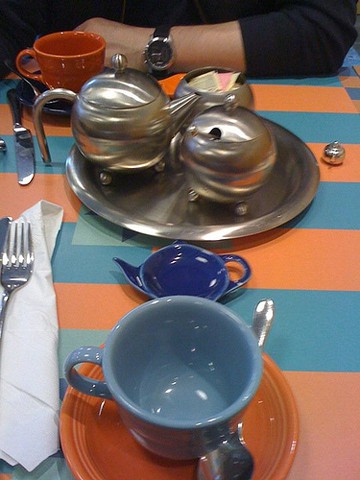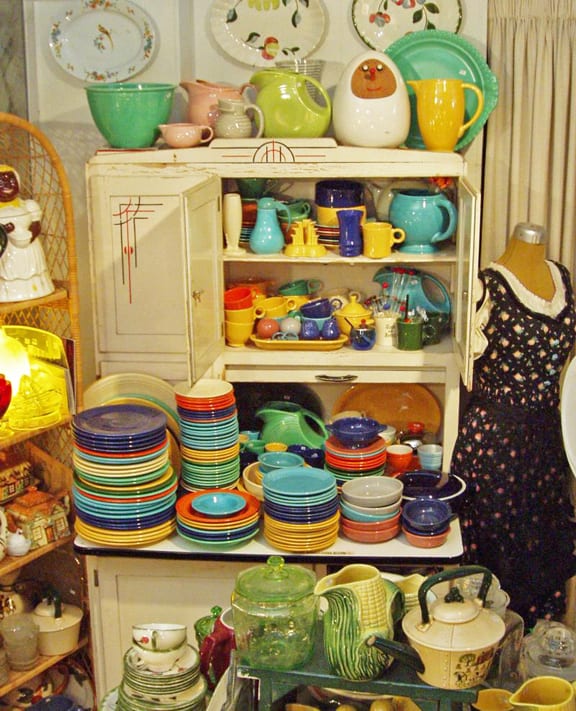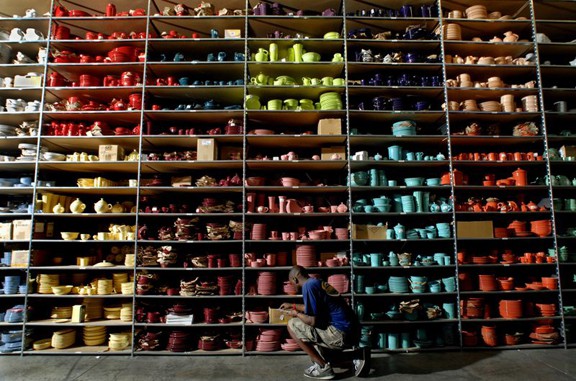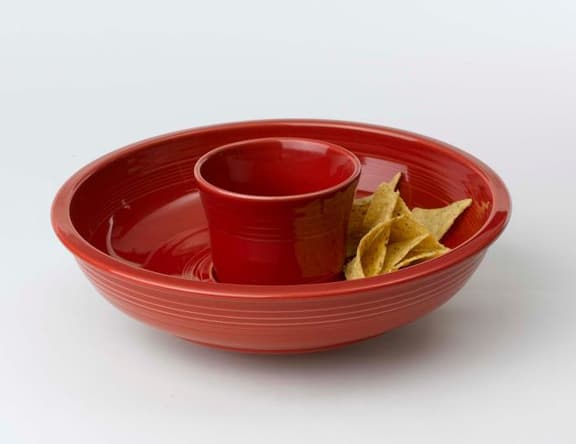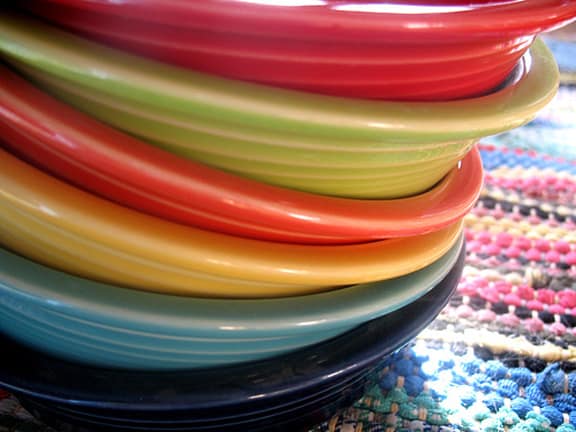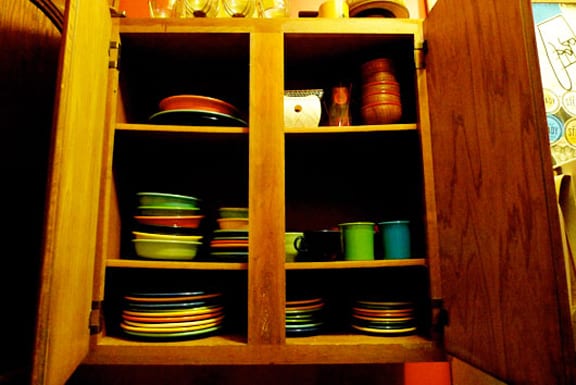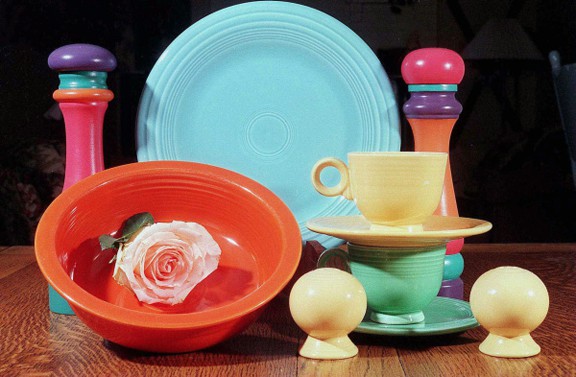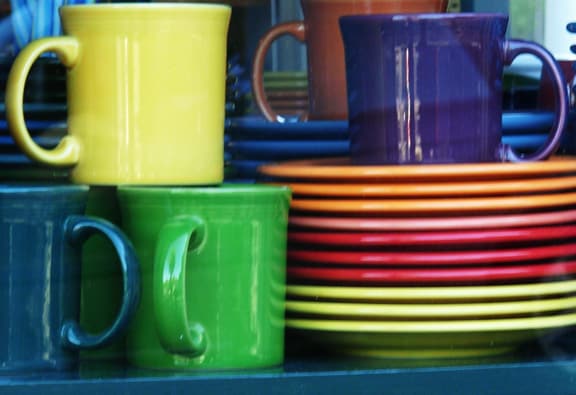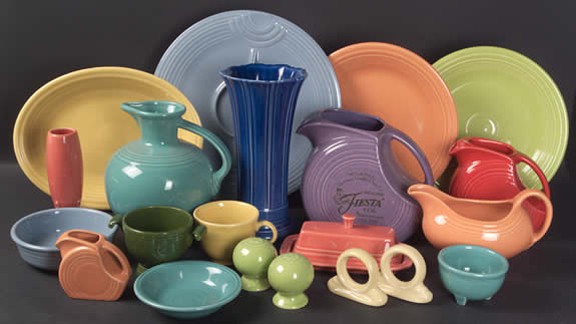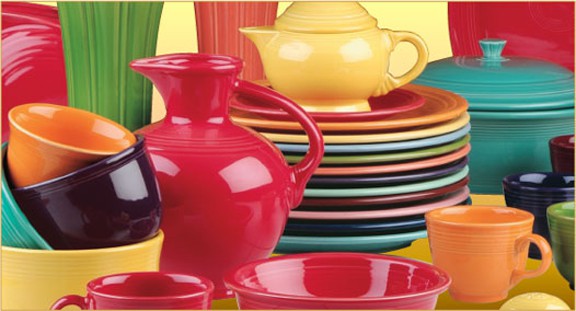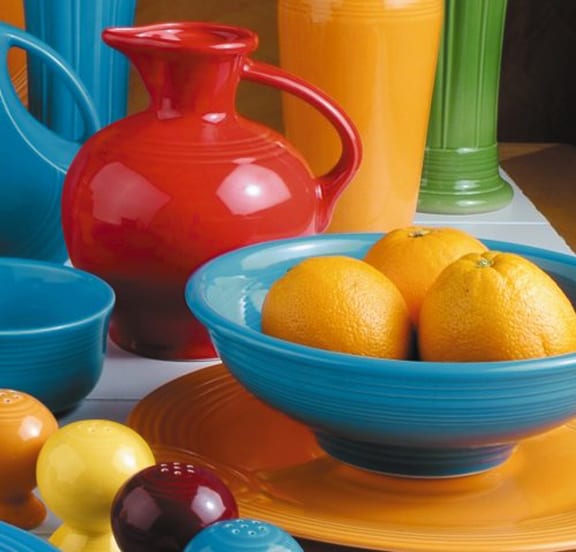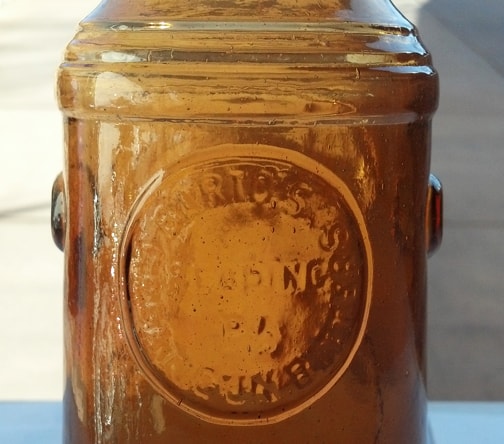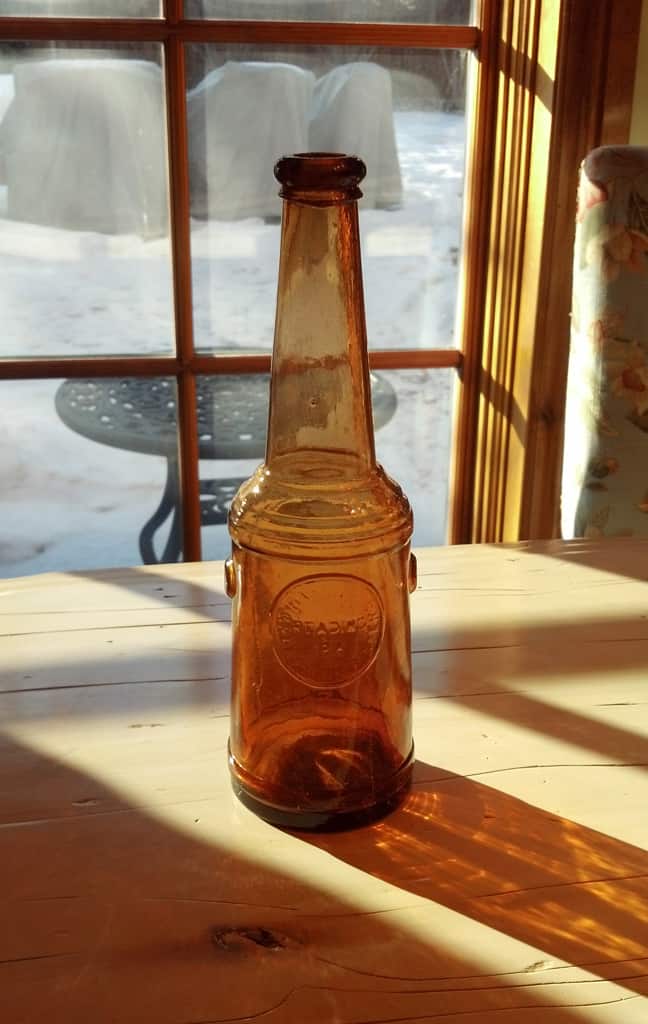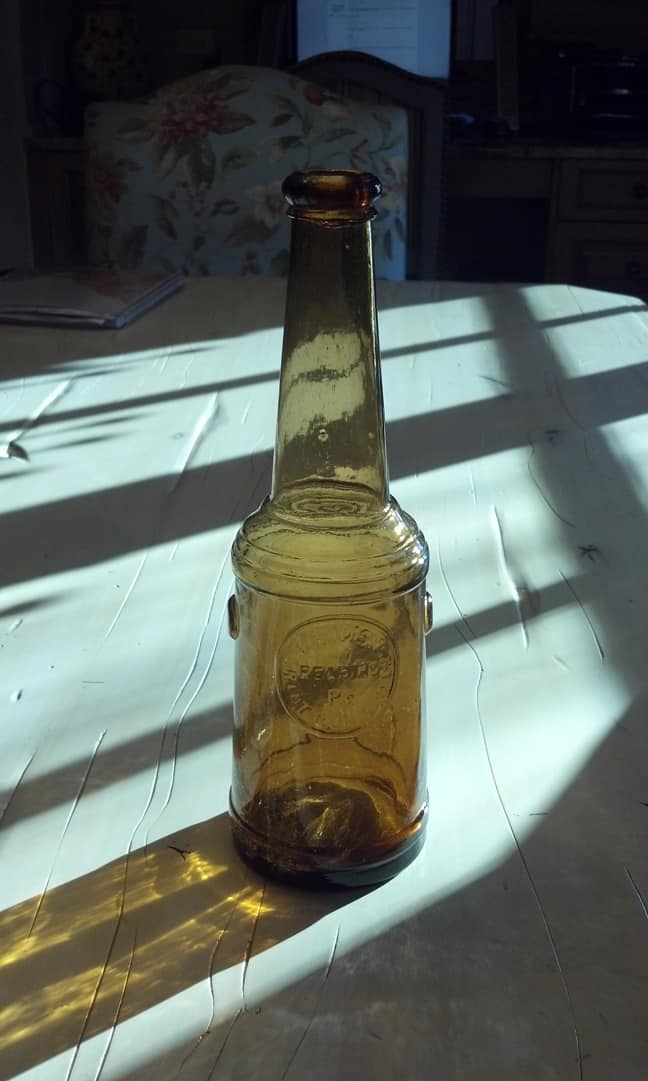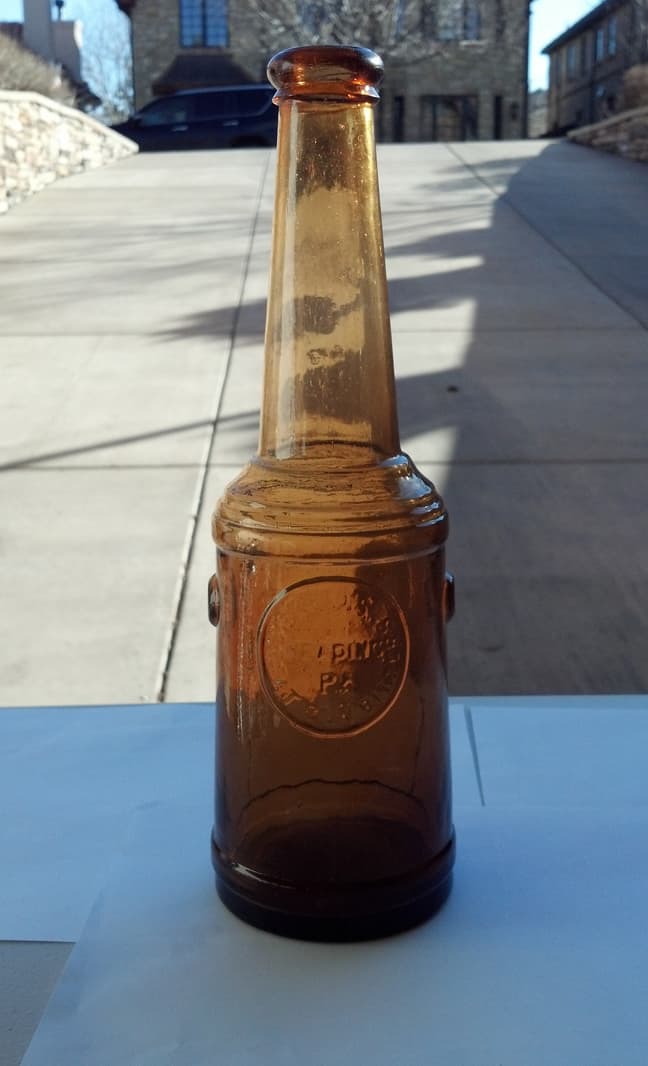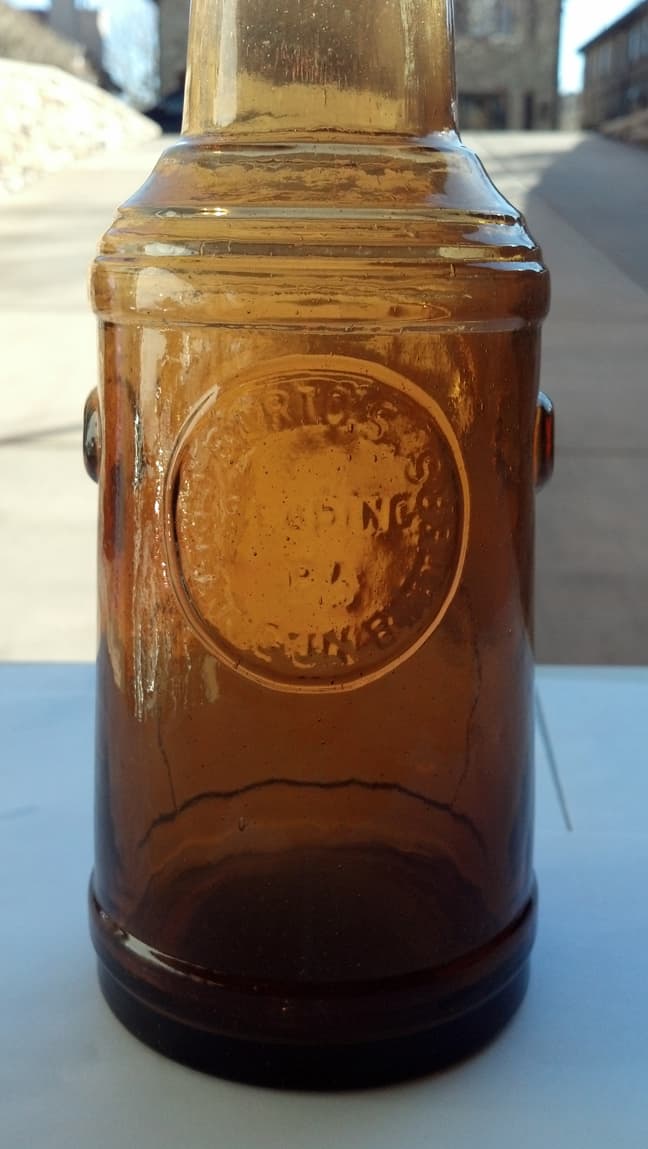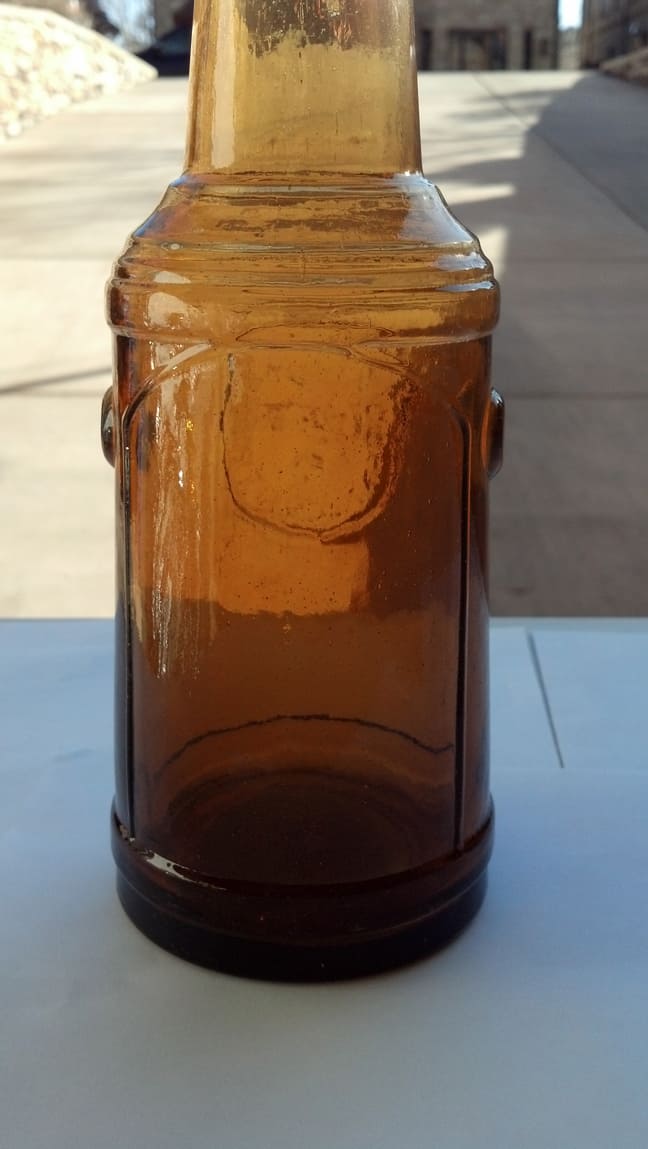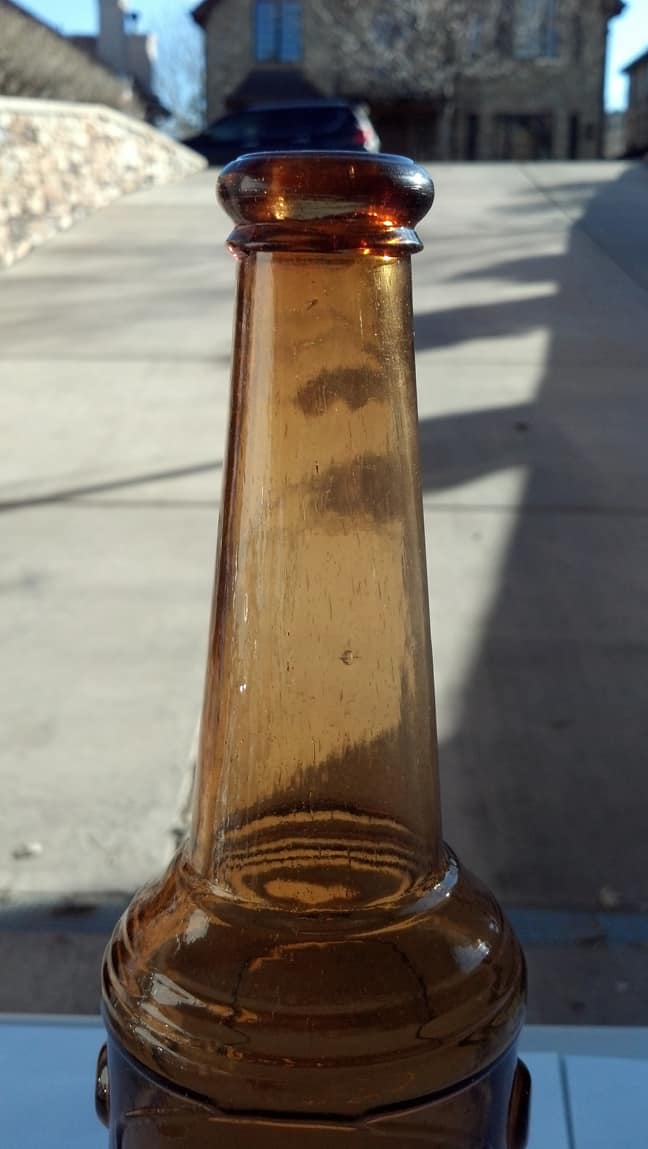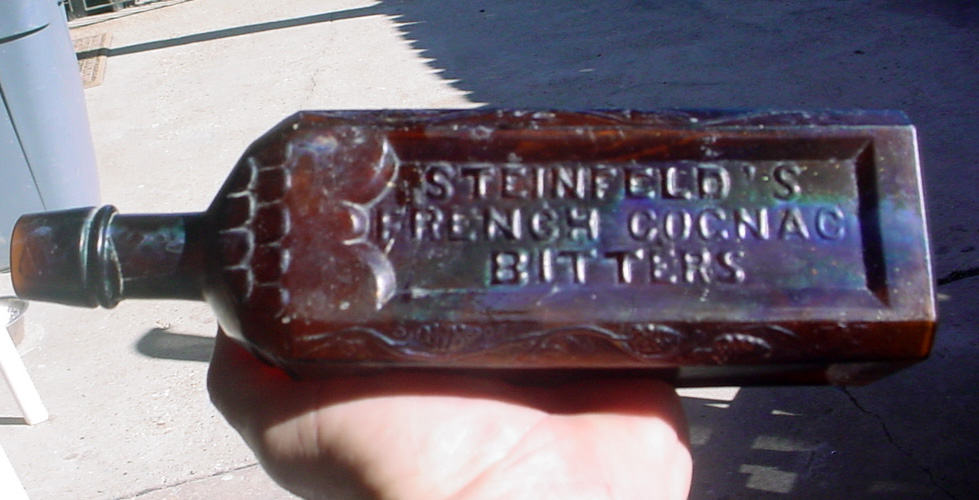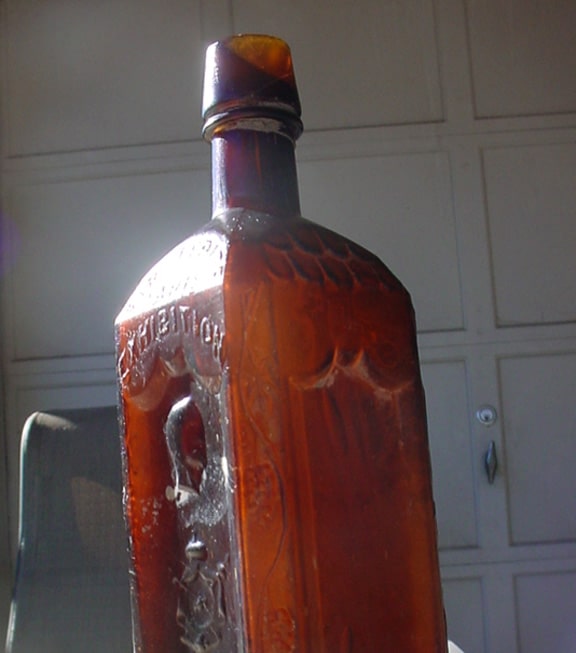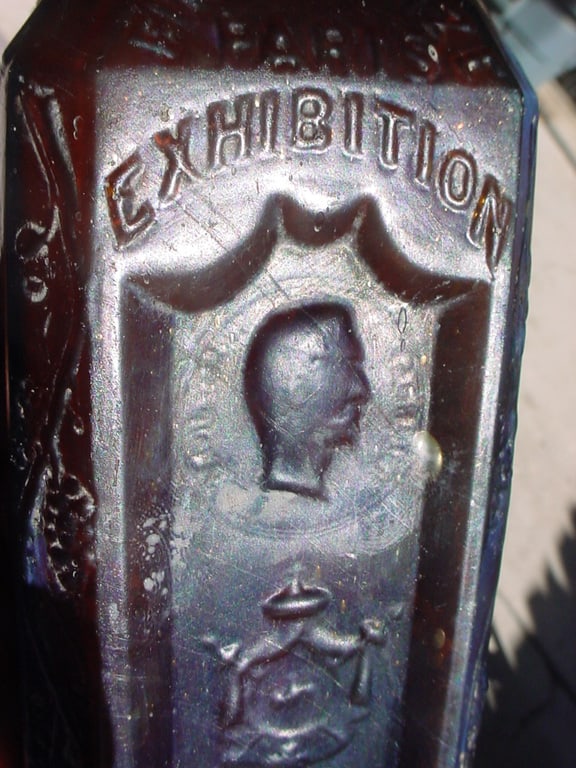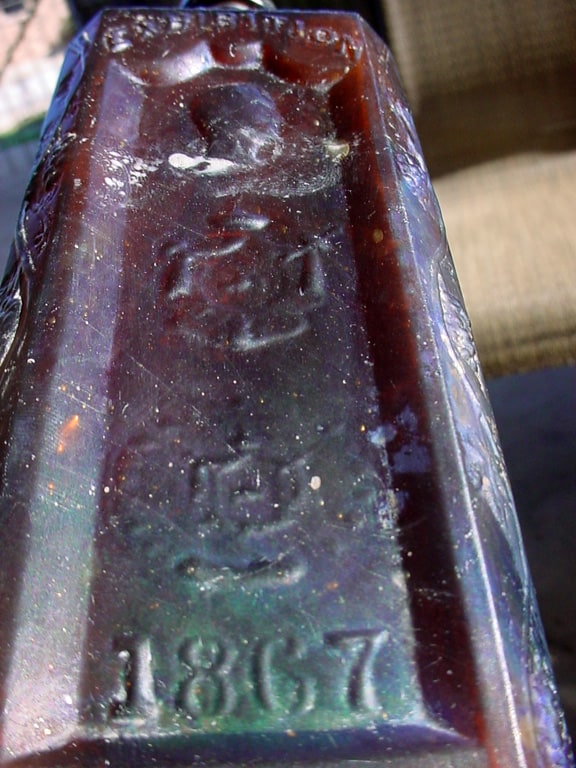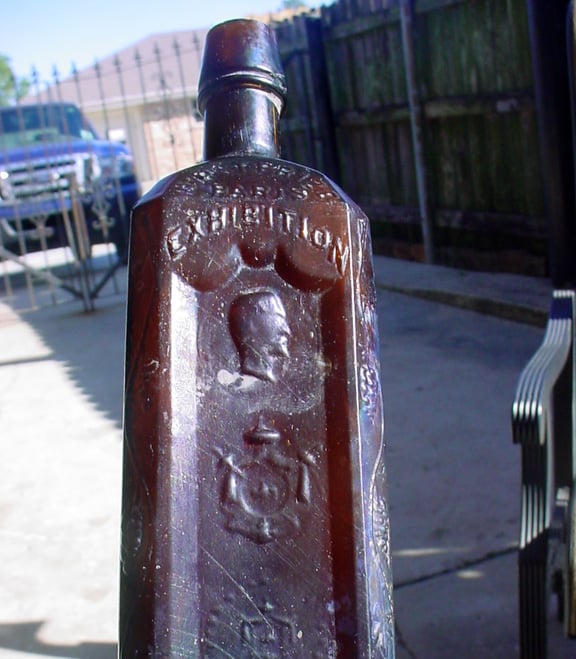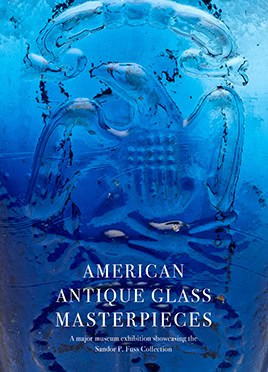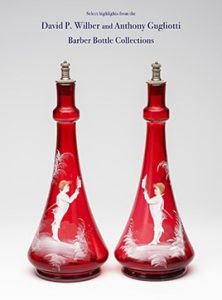Look at this CAMPBELL & SEAMAN NEW YORK on eBay – WOW
27 January 2012 * This post has been updated twice with new information provided by Eric McGuire, Tim Adams and Michael George.
![]() Jerseynotsobad on eBay is selling this incredibly crude New York bottle on eBay that I have not seen before. This is a killer! see listing It is described as follows:
Jerseynotsobad on eBay is selling this incredibly crude New York bottle on eBay that I have not seen before. This is a killer! see listing It is described as follows:
Stoddard? CAMPBELL & SEAMAN NEW YORK Squaty Square Bitters Medicine Bottle Pontil
Wow! Here we have one that I have not seen before. This is one of the crudest early squat square bitters or medicine bottle I have ever seen! Deep reddish puce amber, 6 1/4″ tall and the base measure 3 1/4″ x 3 1/4″. Blown in a mold with what may or may not be a sand chip pontiled base and applied top. Embossed CAMPBELL & SEAMAN NEW YORK. The bottle is so full of whittle it looks like it was carved from wood. Not any real stain with light wear/scratching. Quite a bit of base wear. I do not think it is a dug bottle. There is a large 3/16″ diameter potstone on the base edge that caused a cooling crack that measures 1″ across the base and 3/4″ up one side and 1/2″ up the other side of the base. I tried to show it in the last 2 images. You can see it when held up to a very bright light. The bottle may have been blown in a New England or New York glass house about 1850’s or earlier. The bottle is held up to the sun in Image #4, otherwise the glass is very dark. Also in Image #4, I see a dead moth (not a crack or potstone) inside the bottle next to the embossed &. Probably a very rare bottle.
[Addendum 1] PRG follow-up email from Eric McGuire and facebook post from Tim Adams.
Ferd,
Holy Cr_p! Excuse the expletive, but that is a stunning bottle. It looks like something that was made yesterday for Pottery Barn as a decorative item, however, it is truly old. Campbell and Seaman were grocers in NYC and in 1859/60 they were advertising their OLD CONTINENTAL WHISKEY. I am betting this bottle is an example of that product. See the attached ad from the Charleston Mercury for 15 August 1859.
It’s just a lowly “square”, but what an example!
Eric McGuire
[from Tim Adams]
I have one in a beautiful green. This is just the second one I’ve seen…
[Addendum 2] PRG facebook post from Michael George.
Ferd, I have seen the Campbell & Seaman bottle with the Old Continental Whiskey label. This label looks identical to the soldier on the Old Continental Whiskey bottle.

